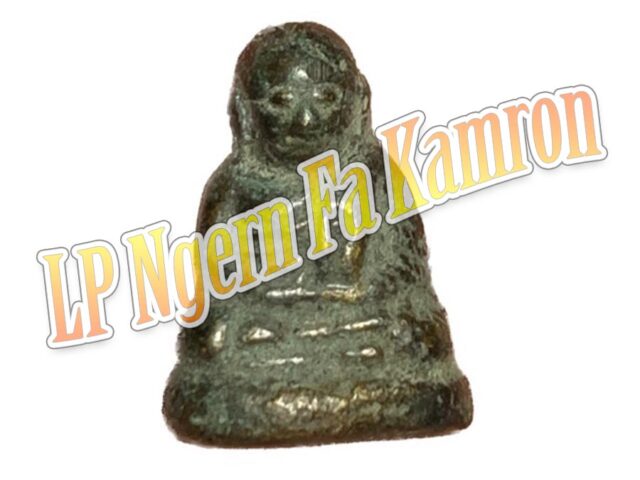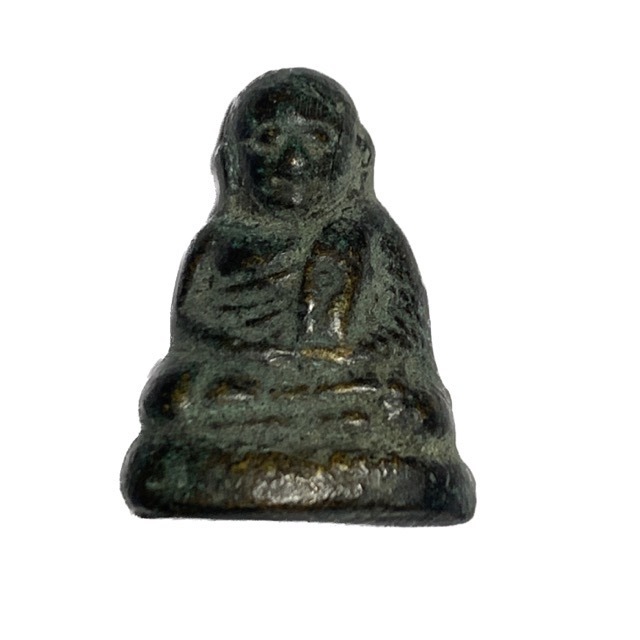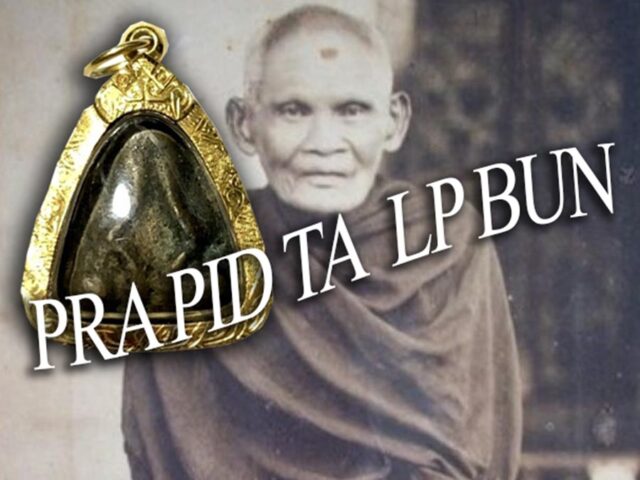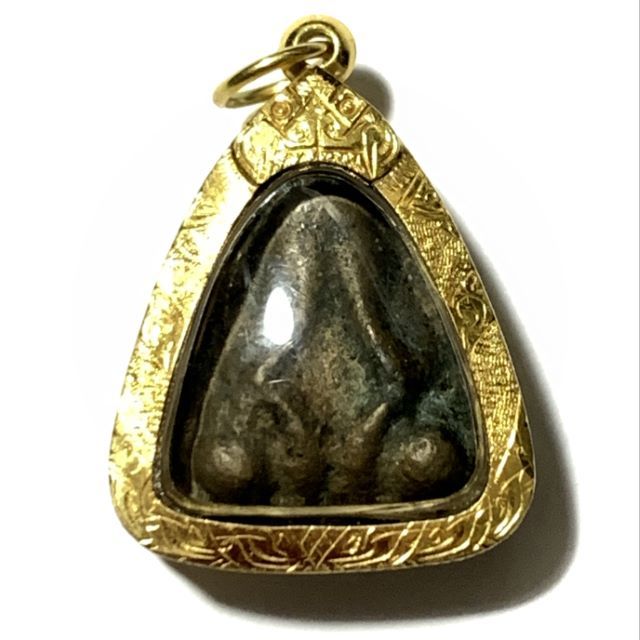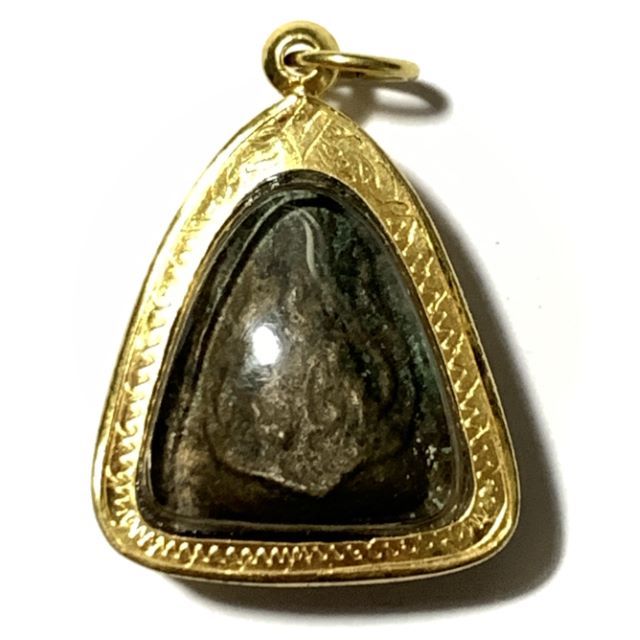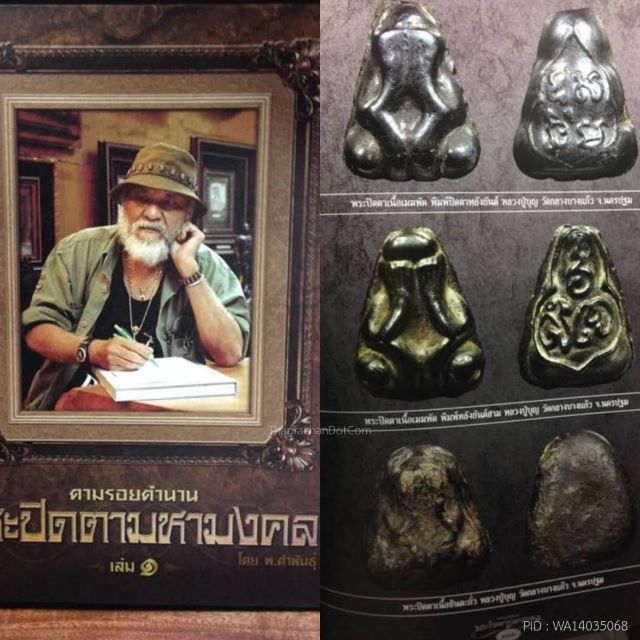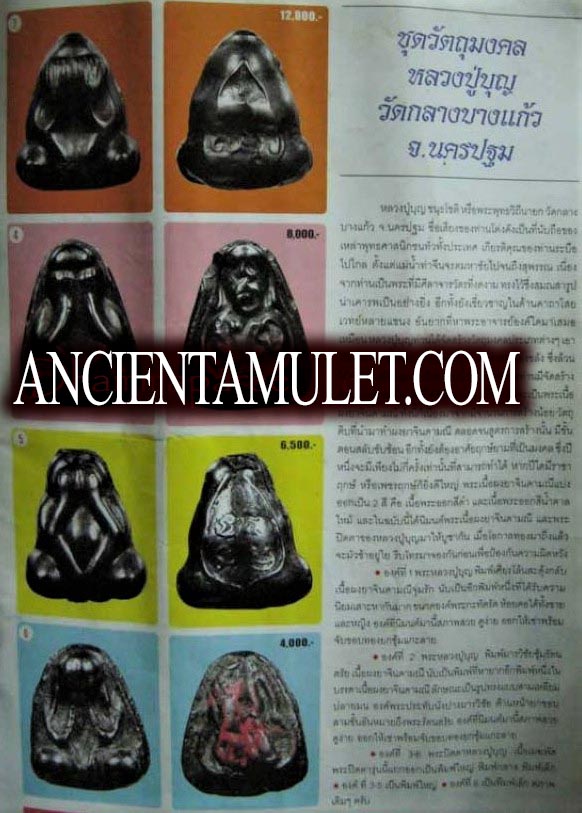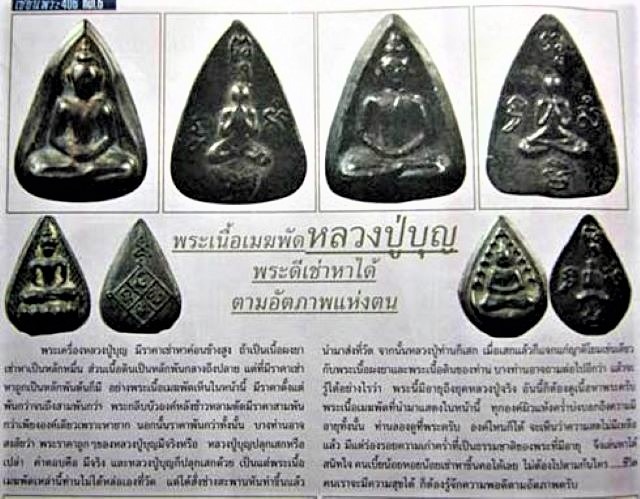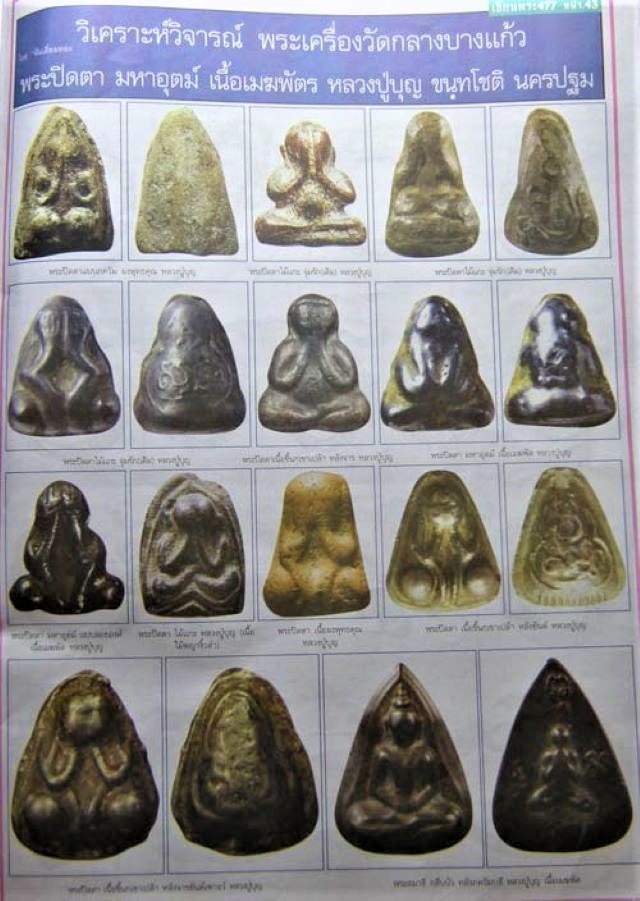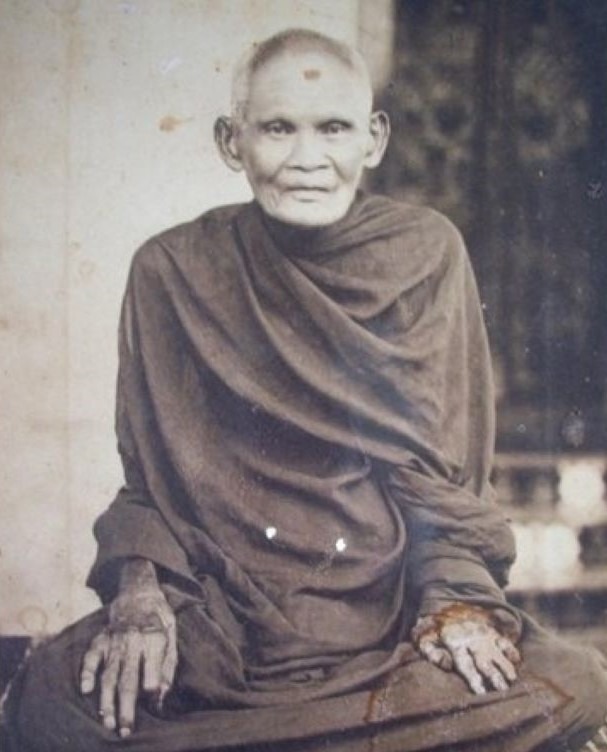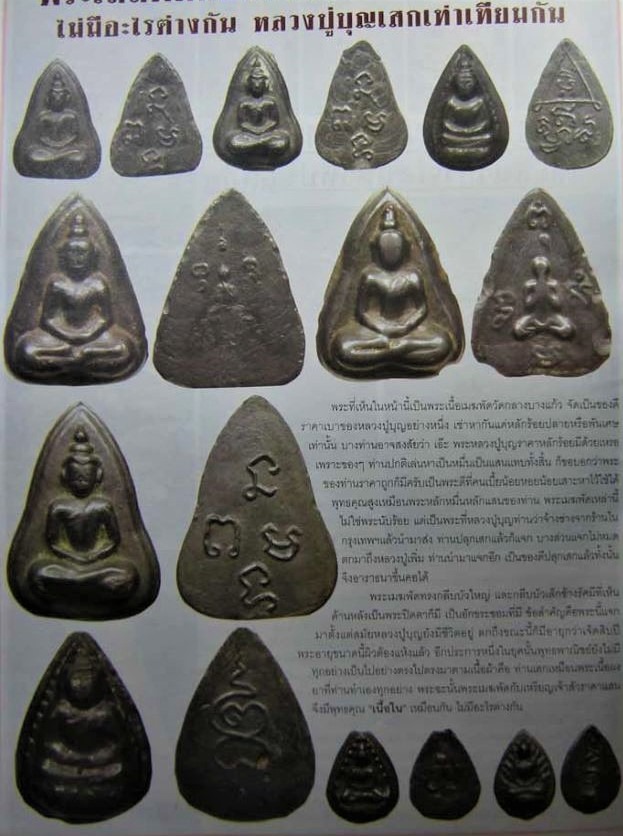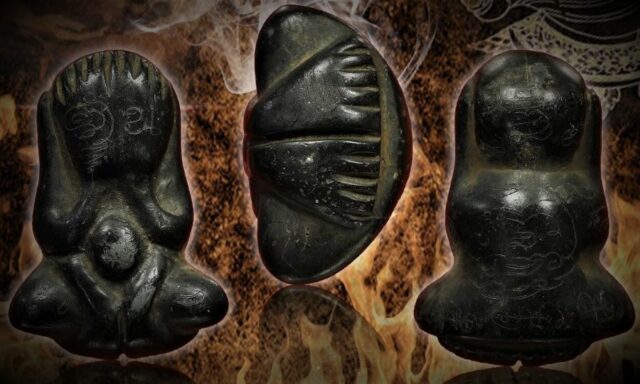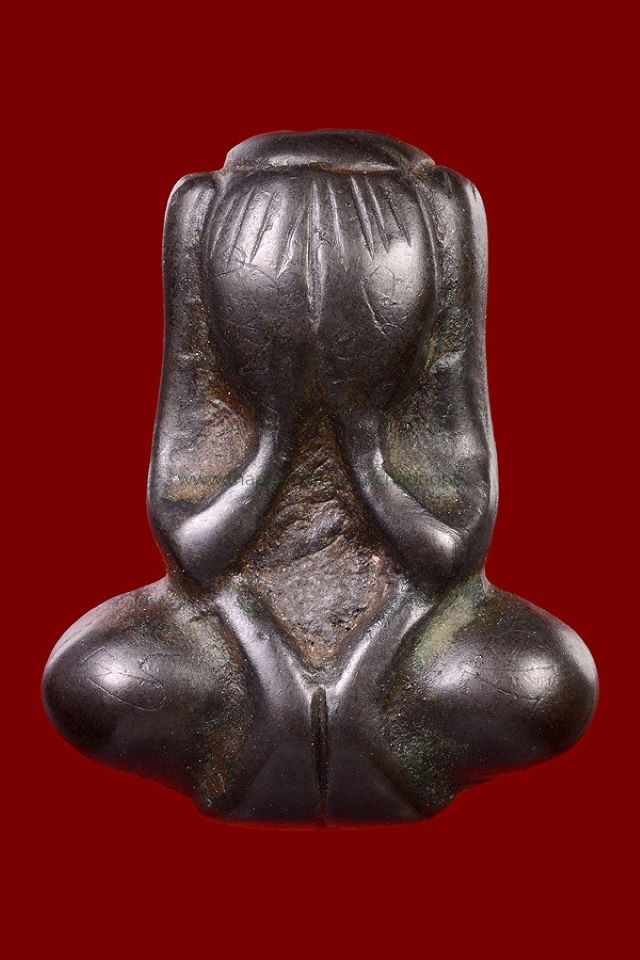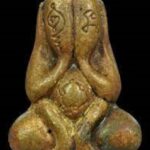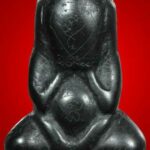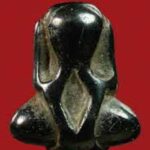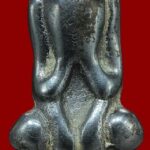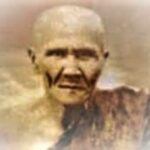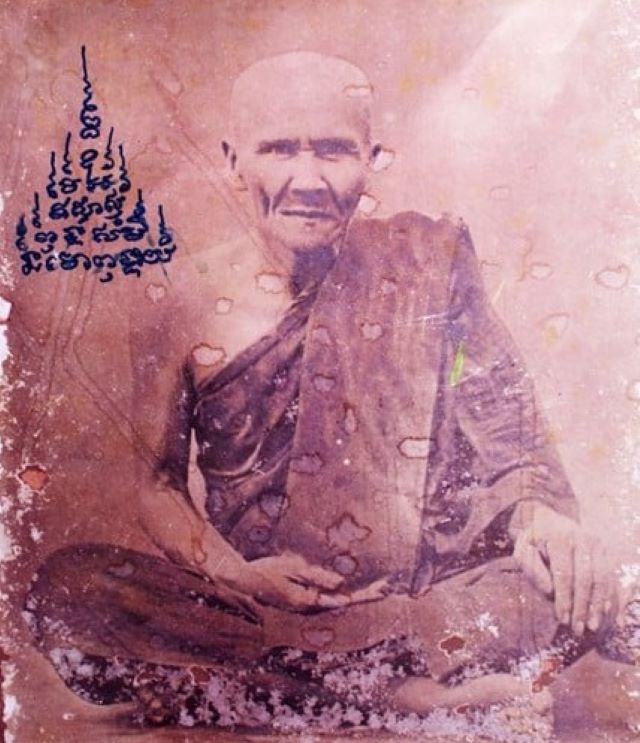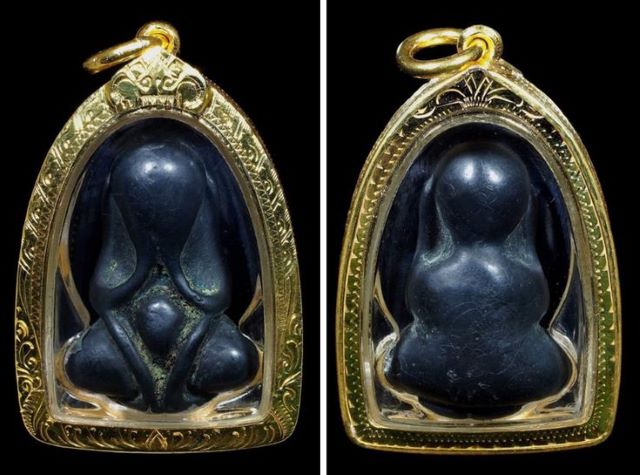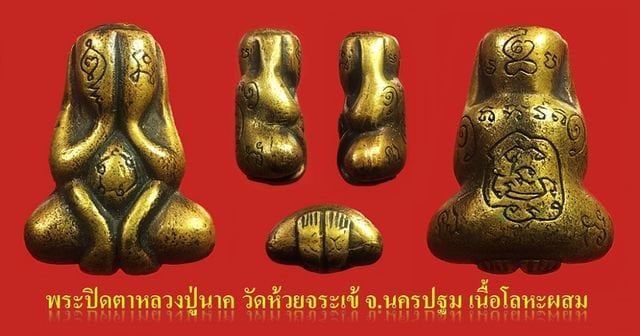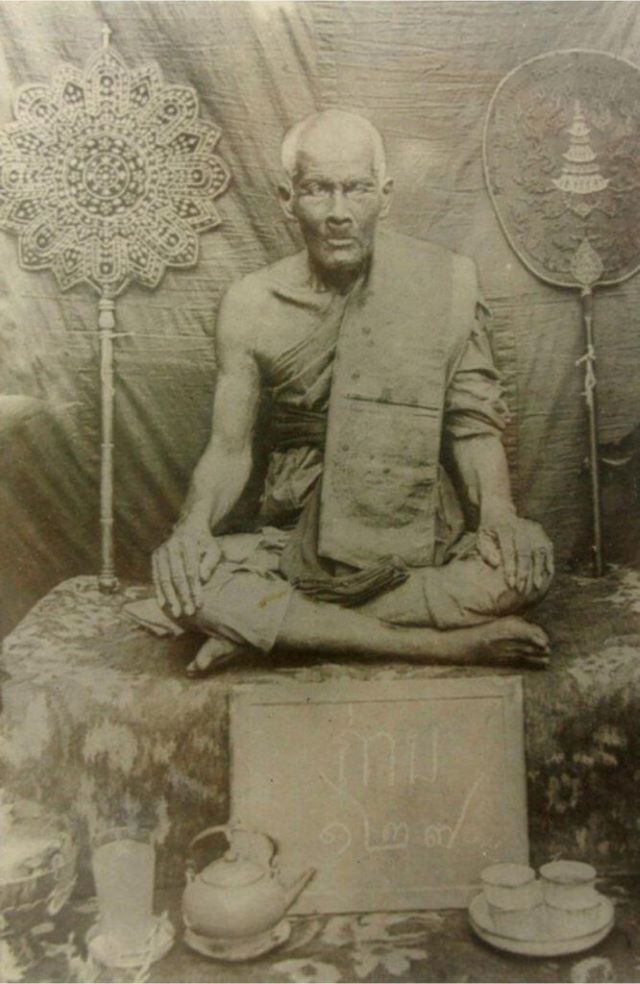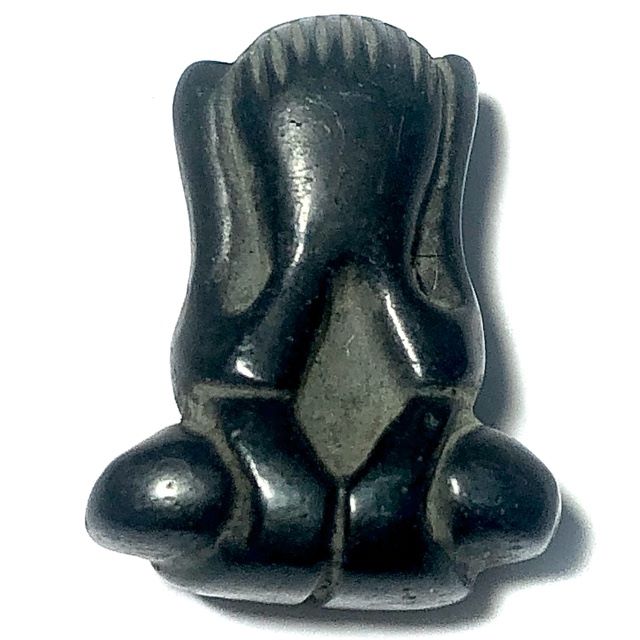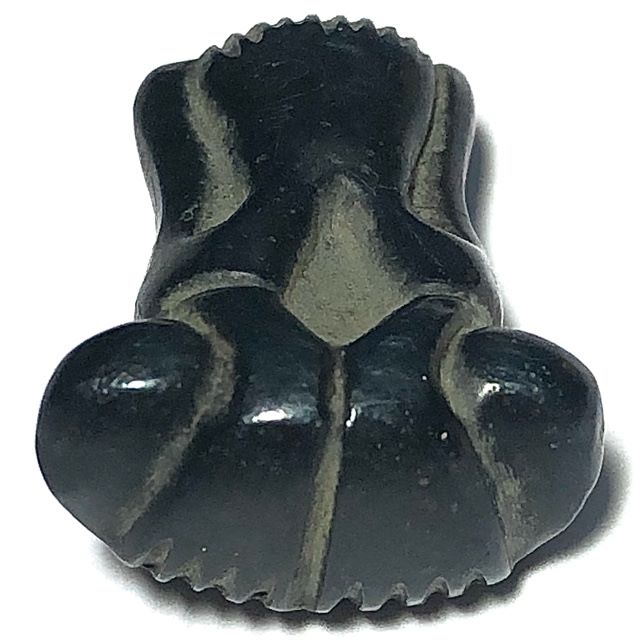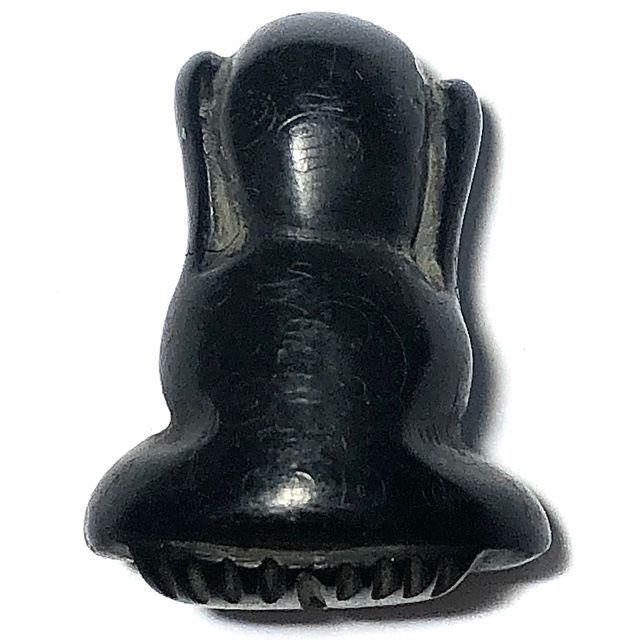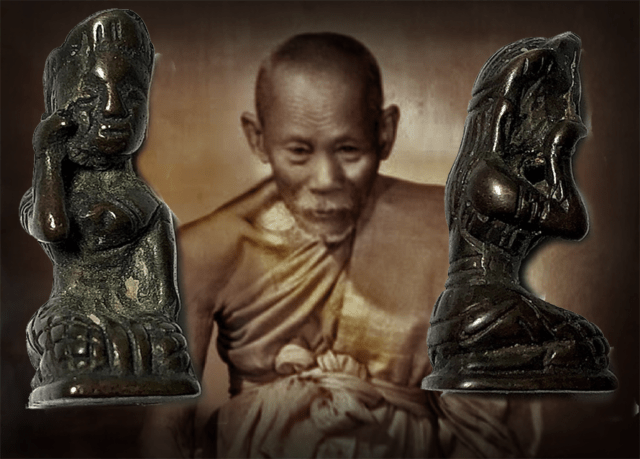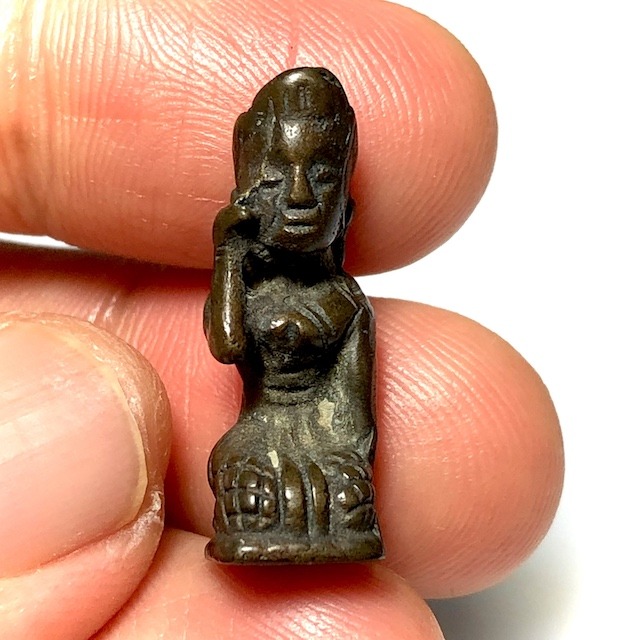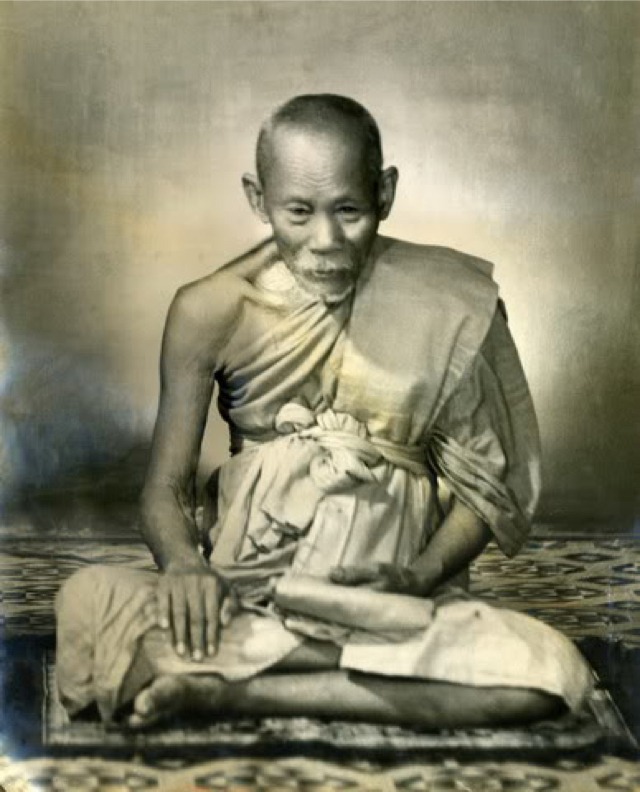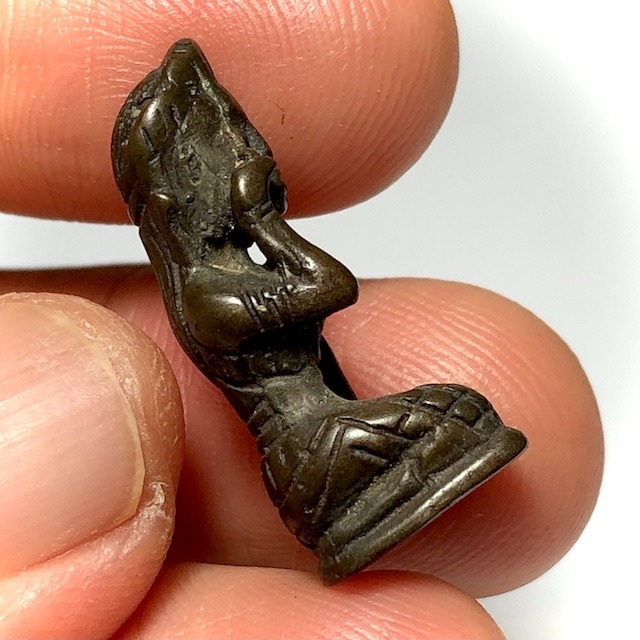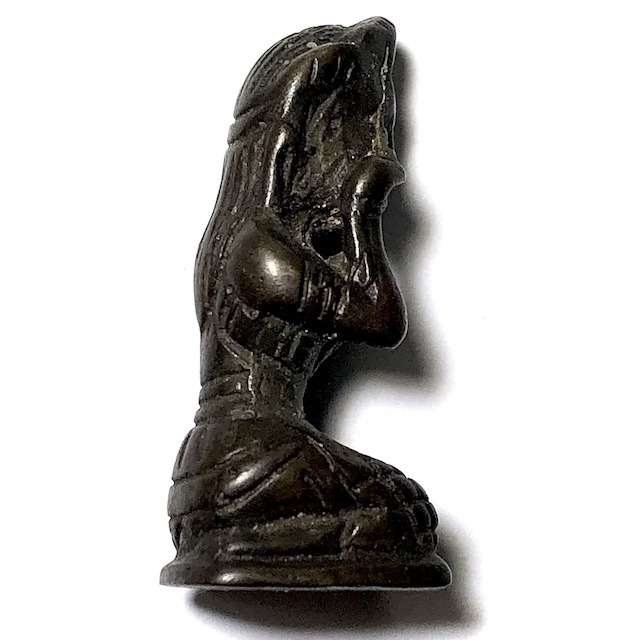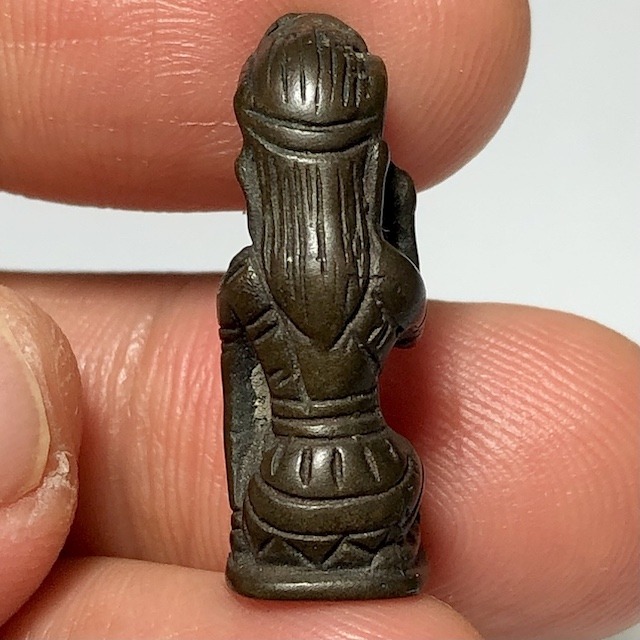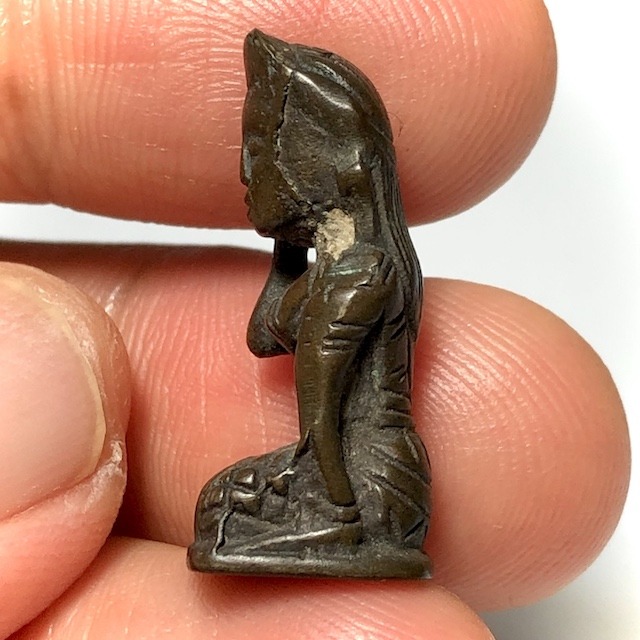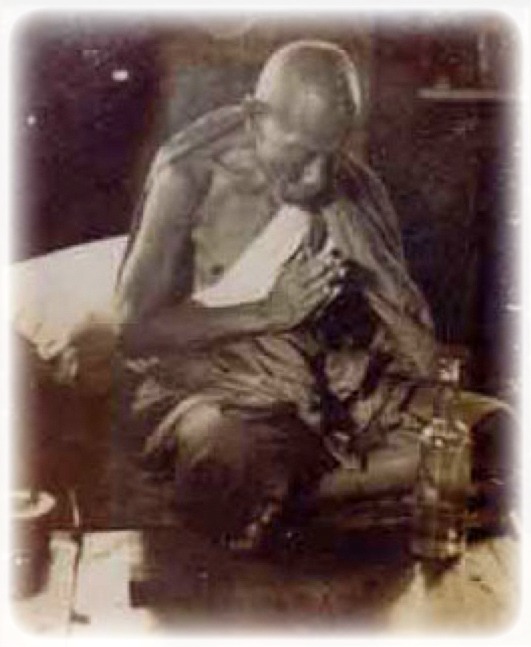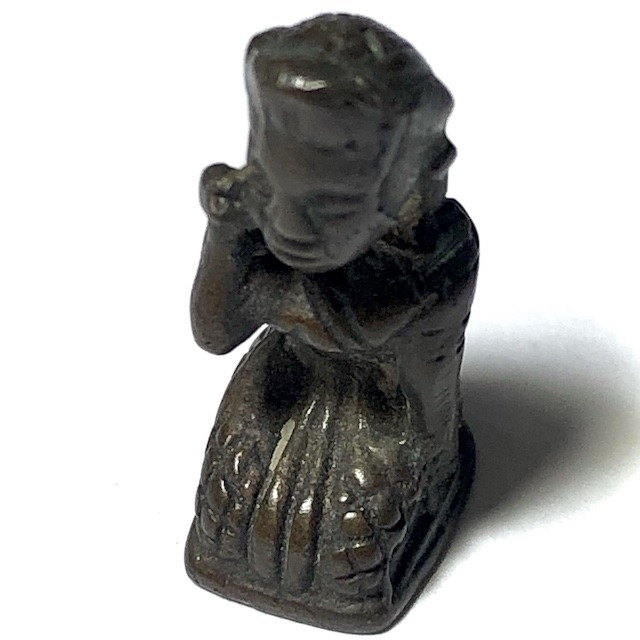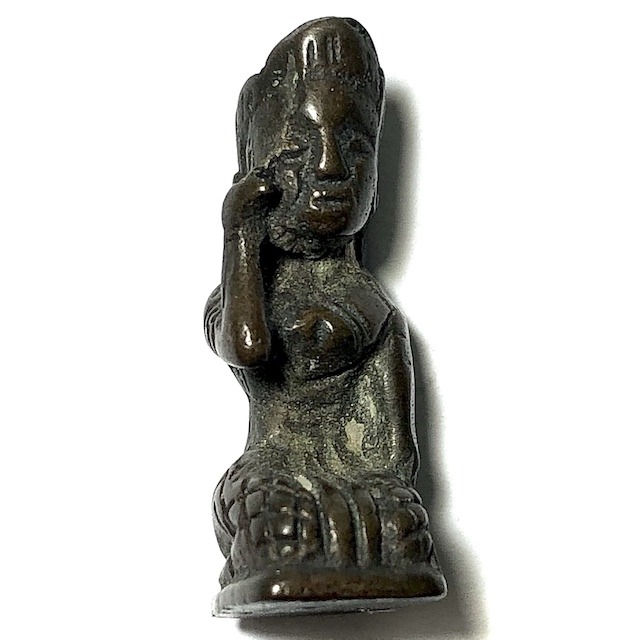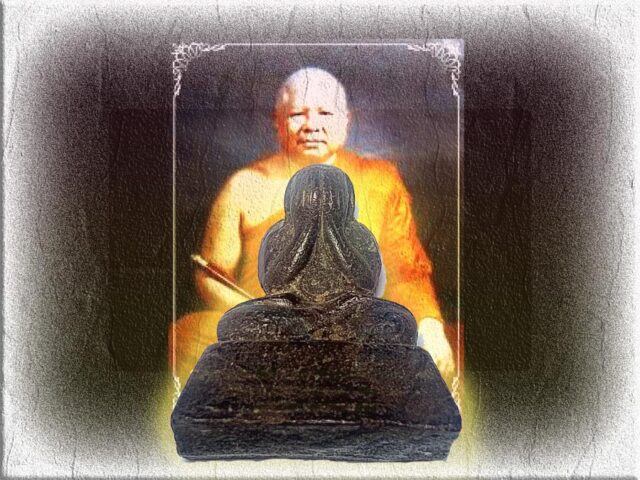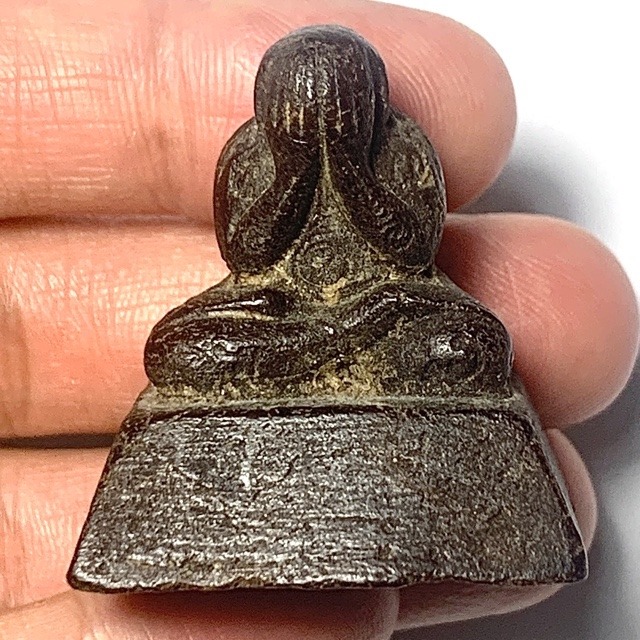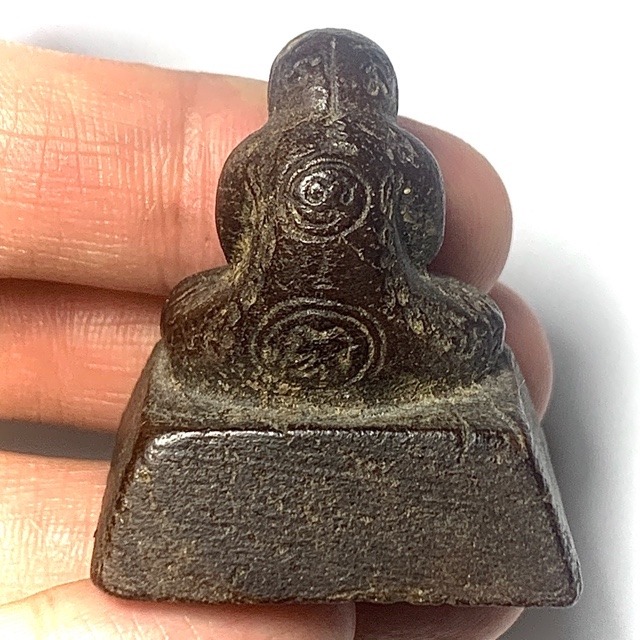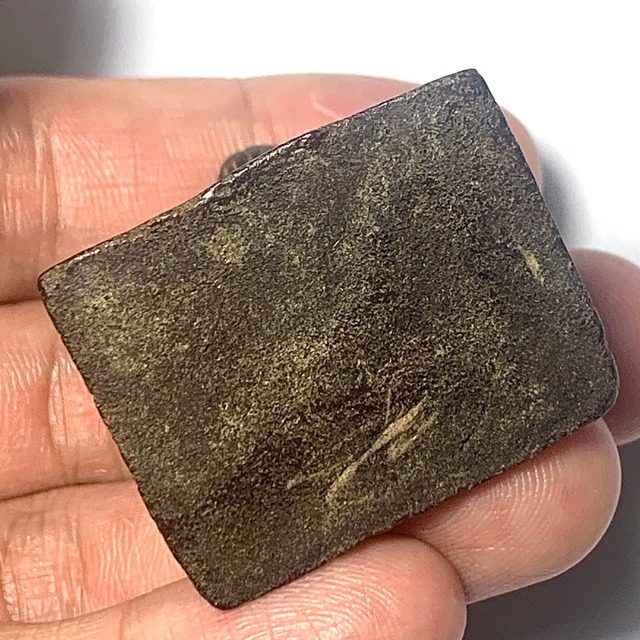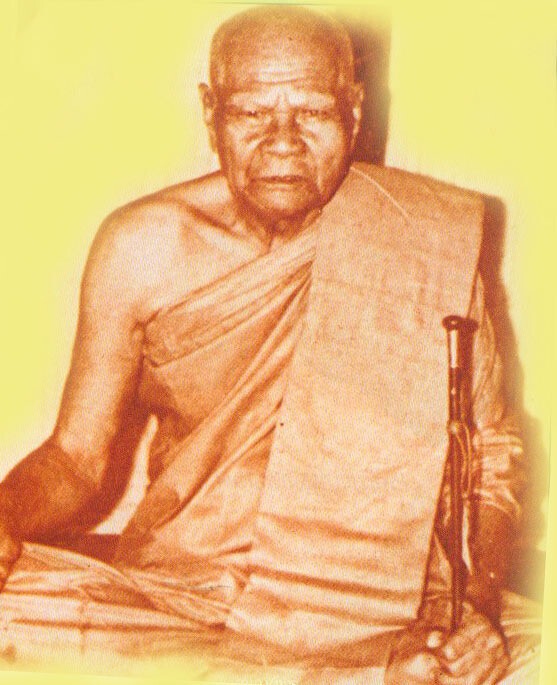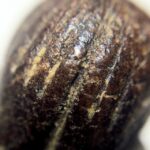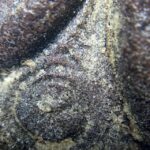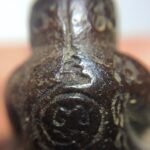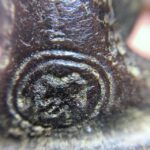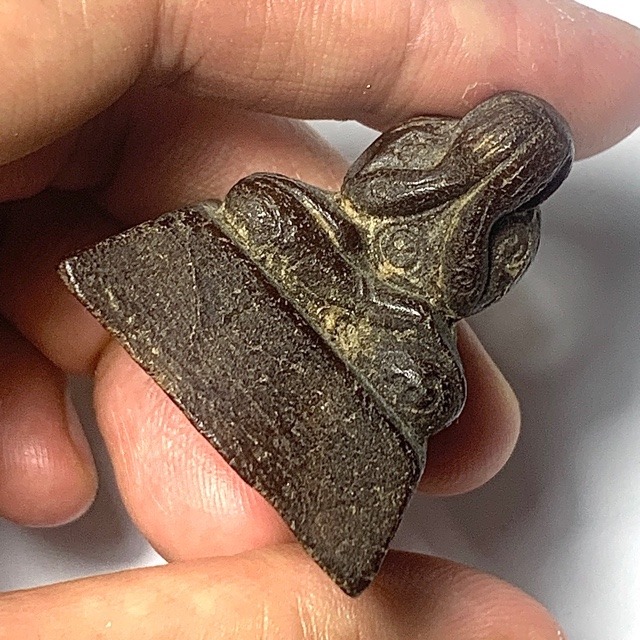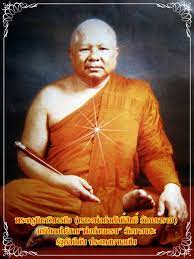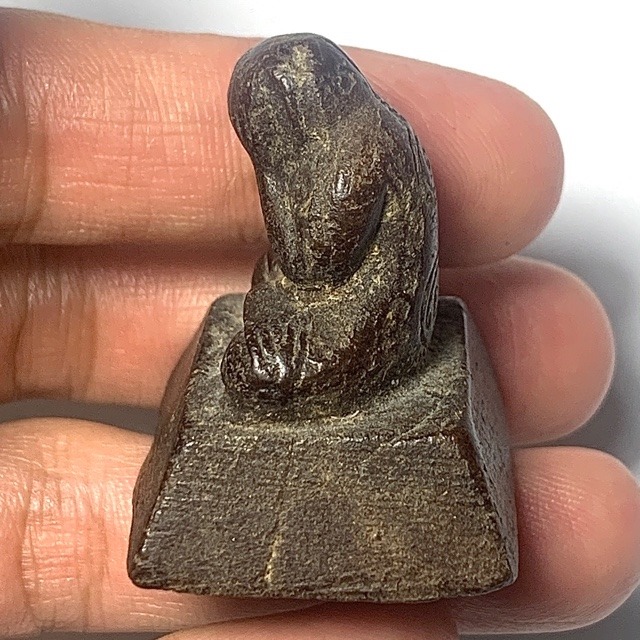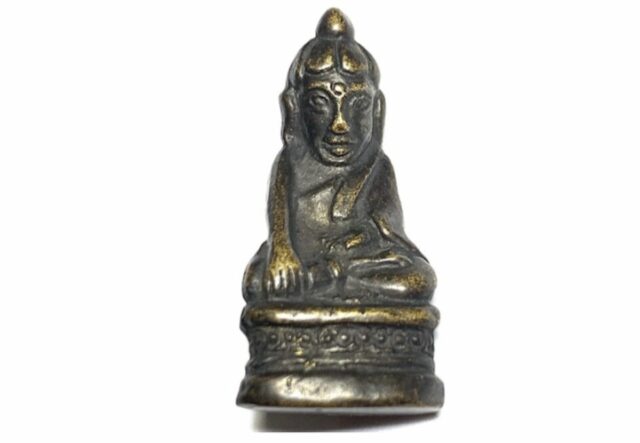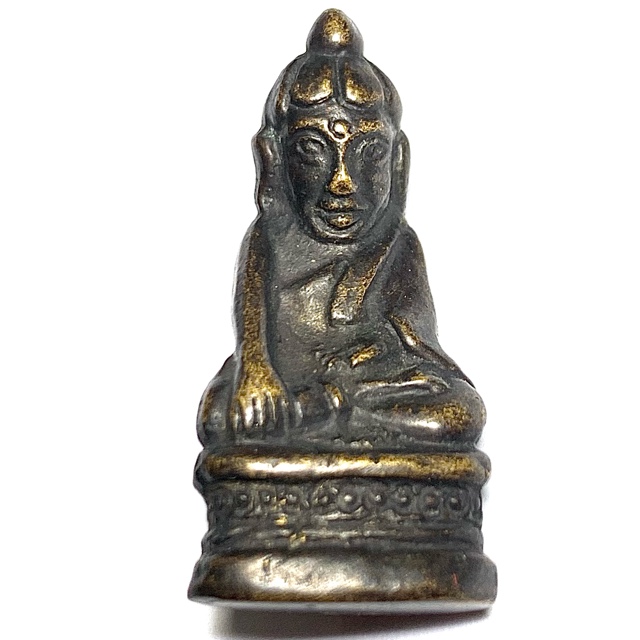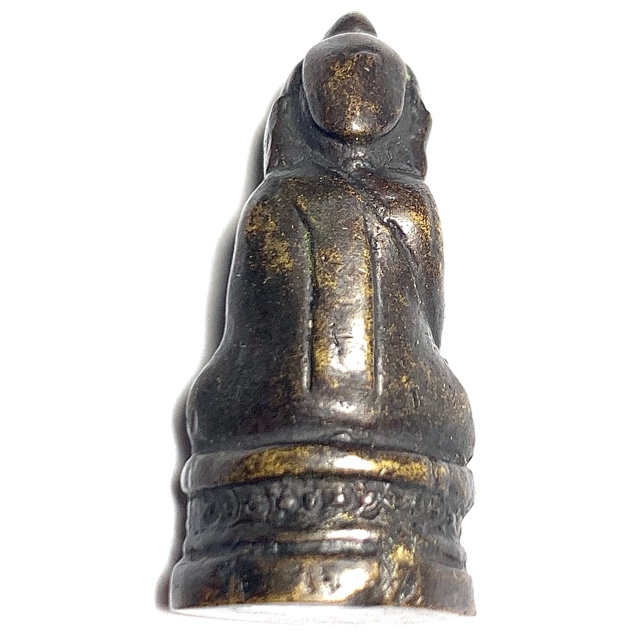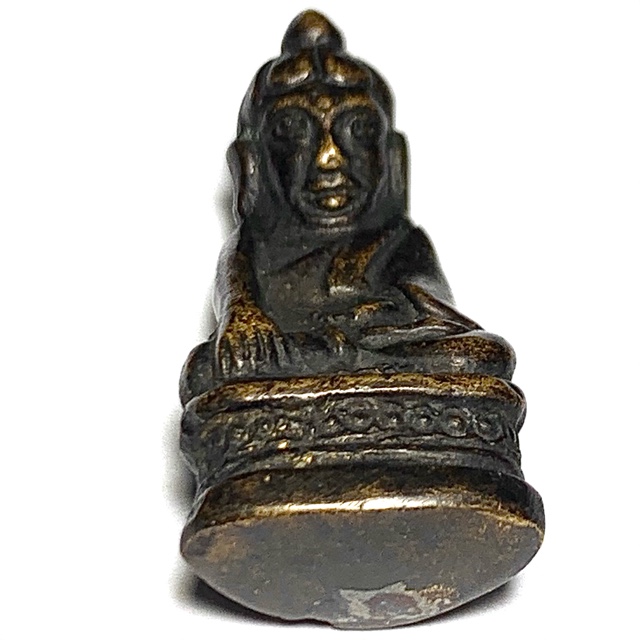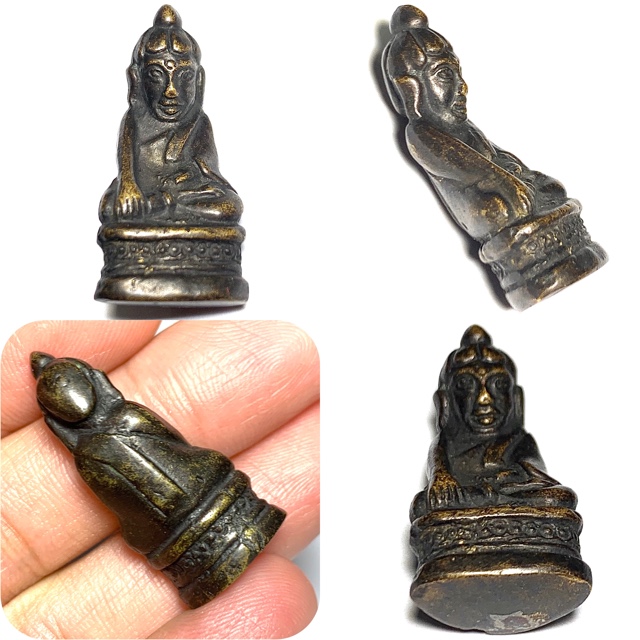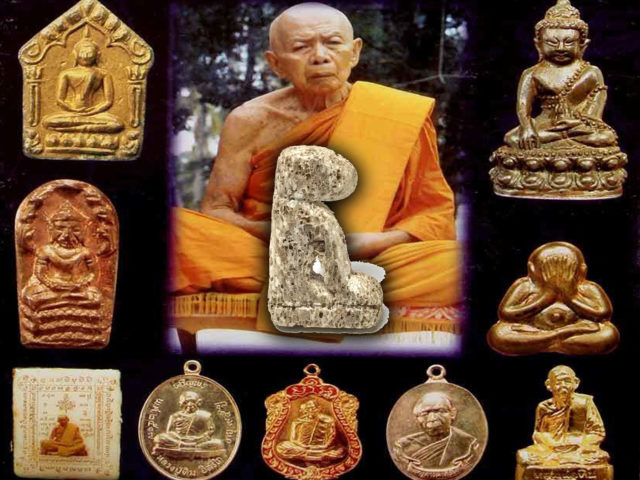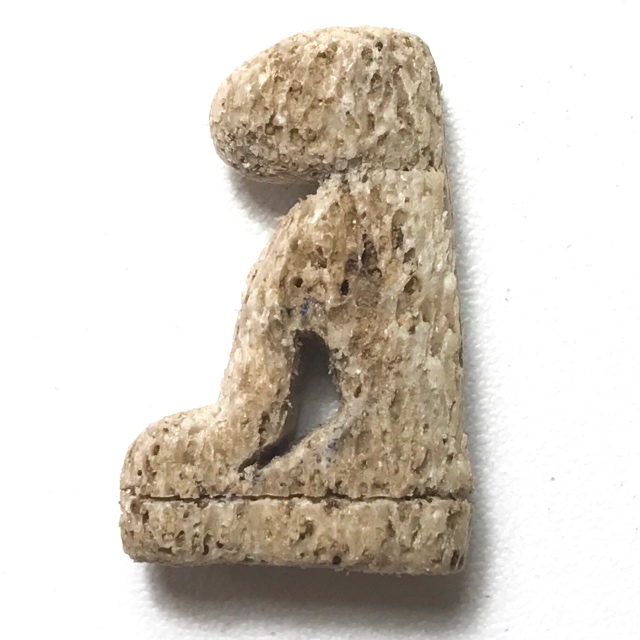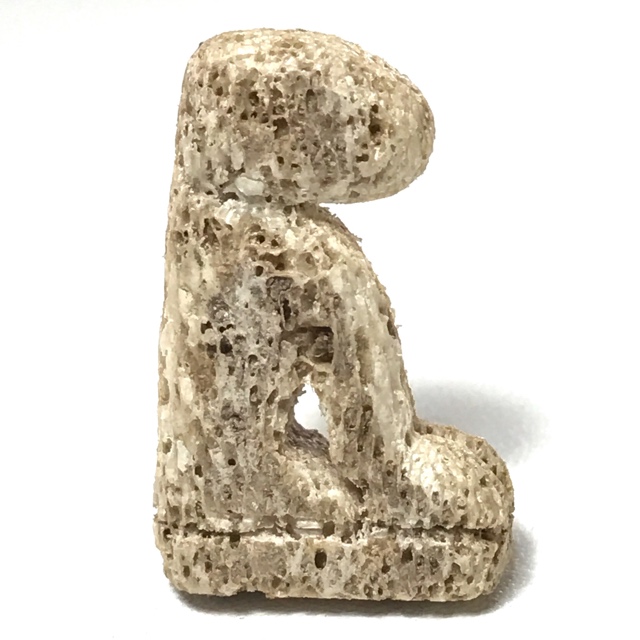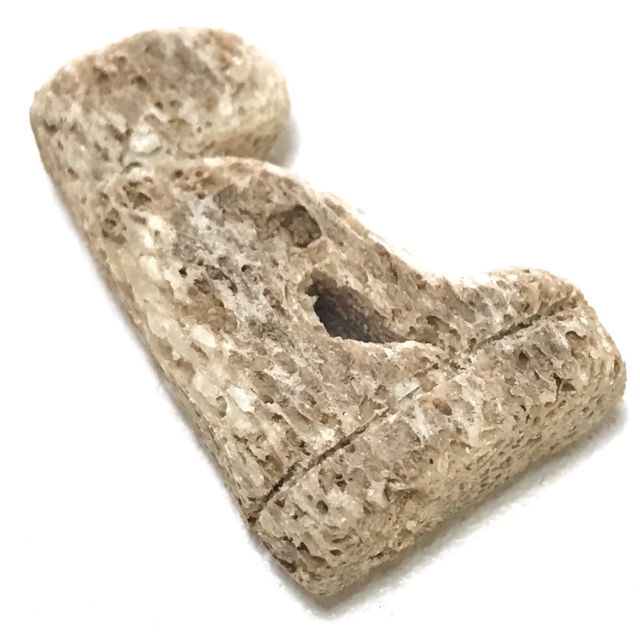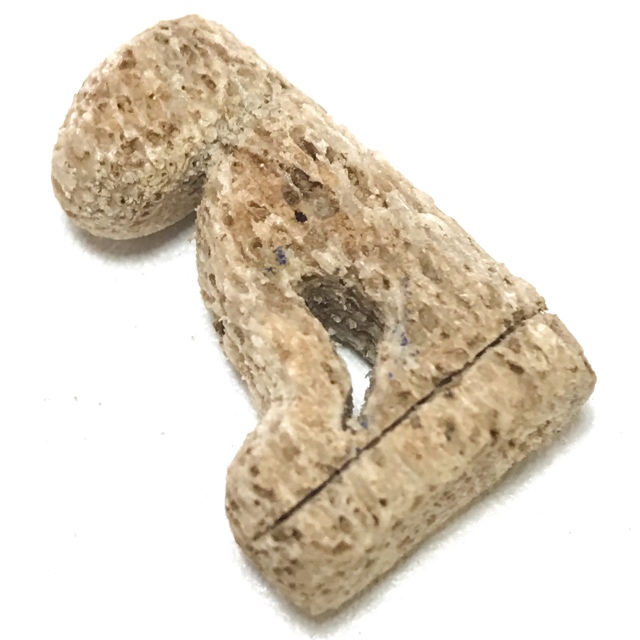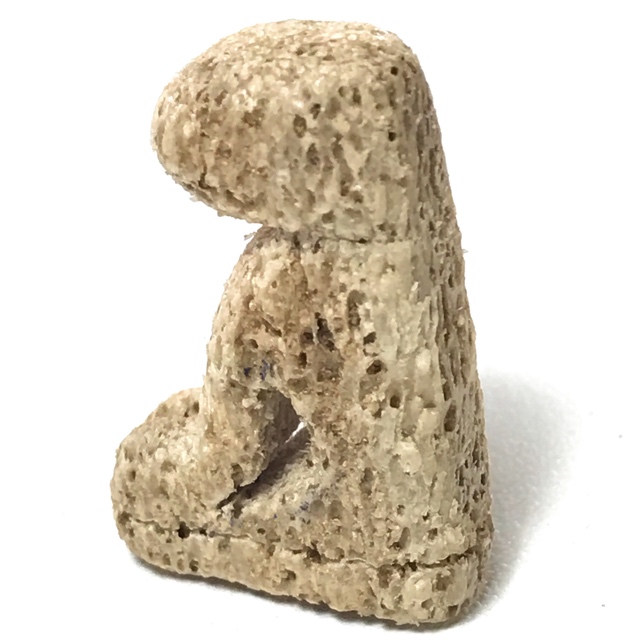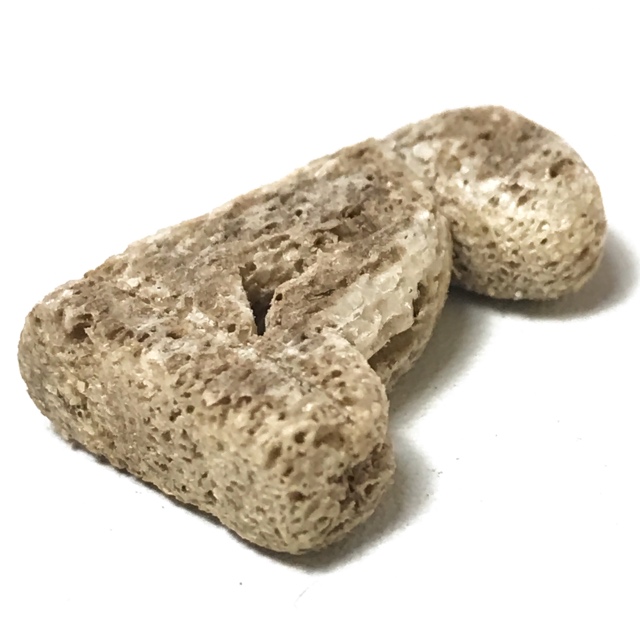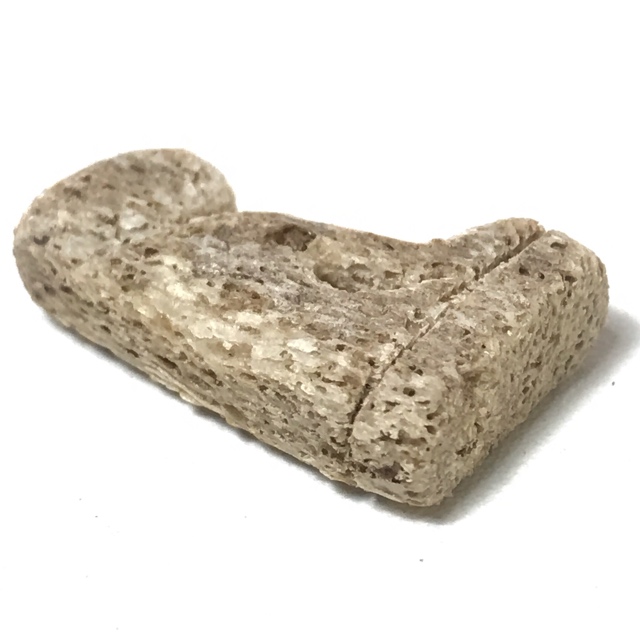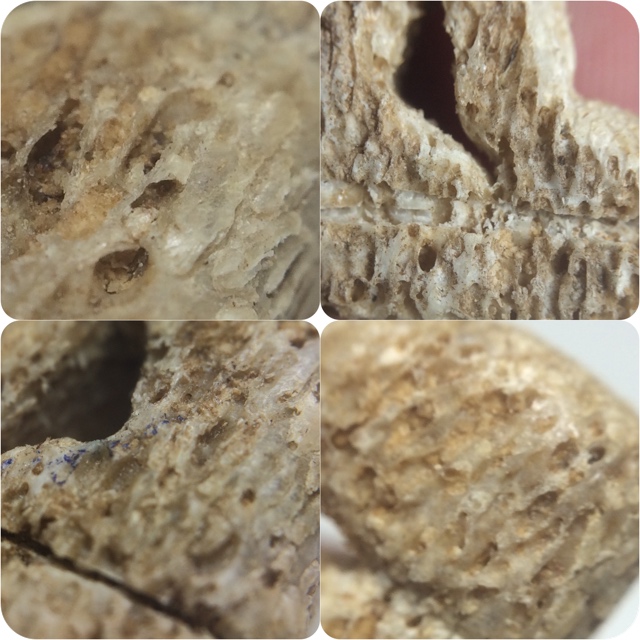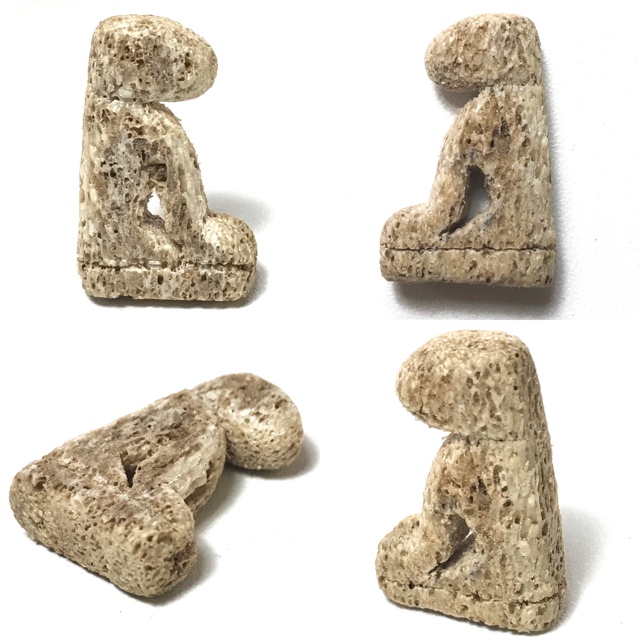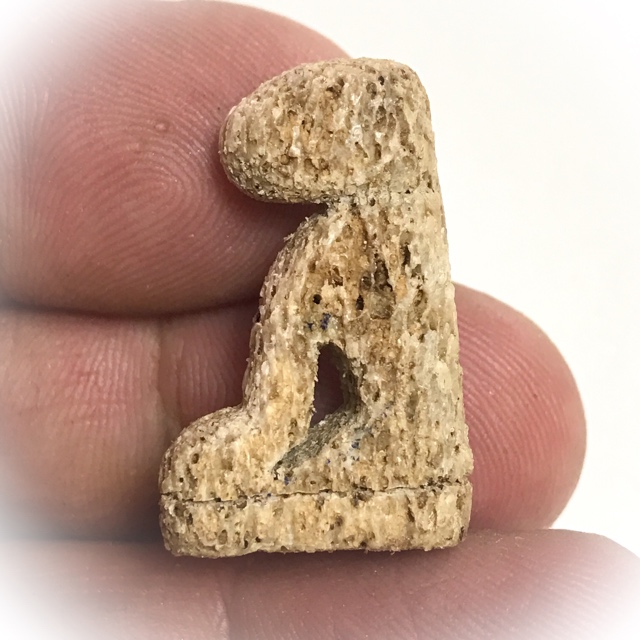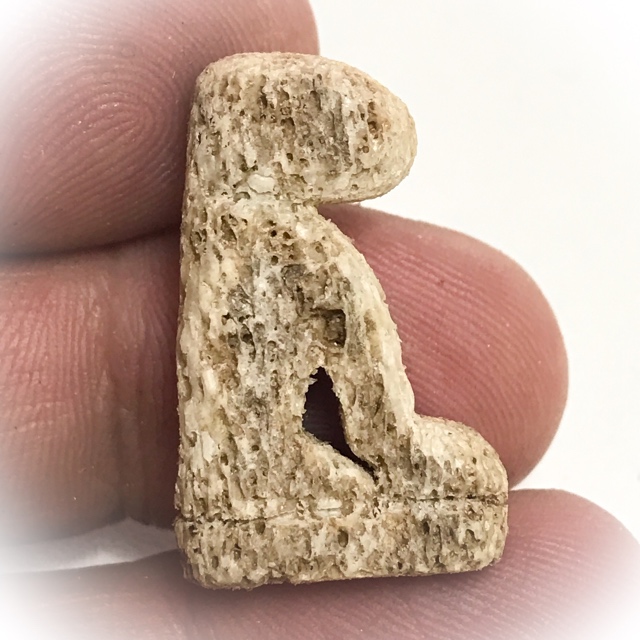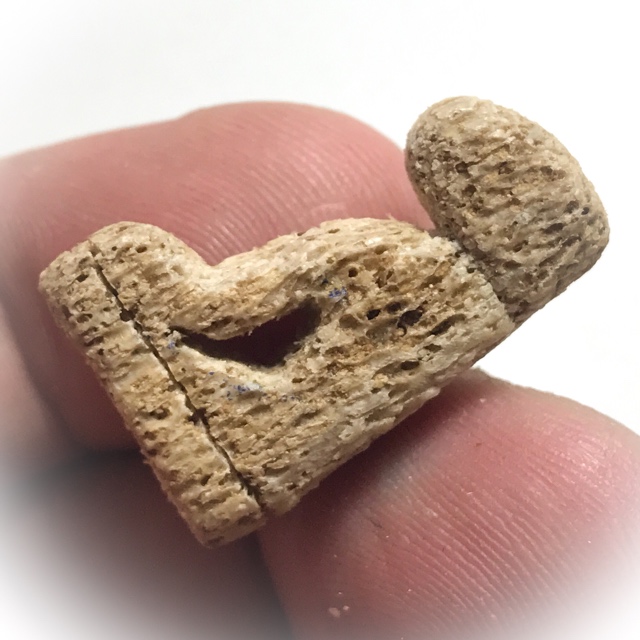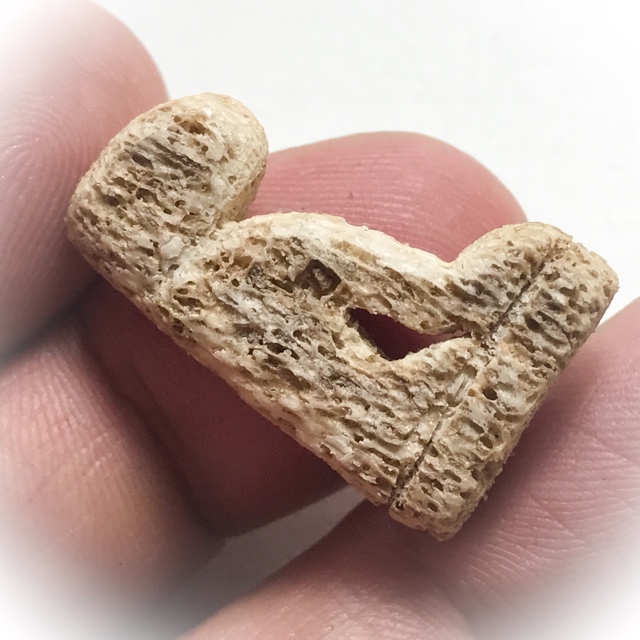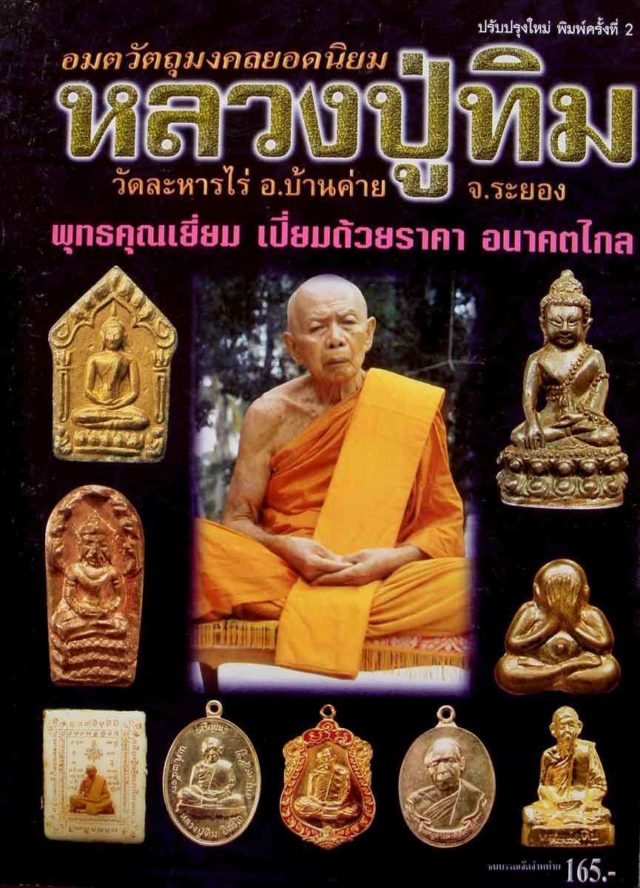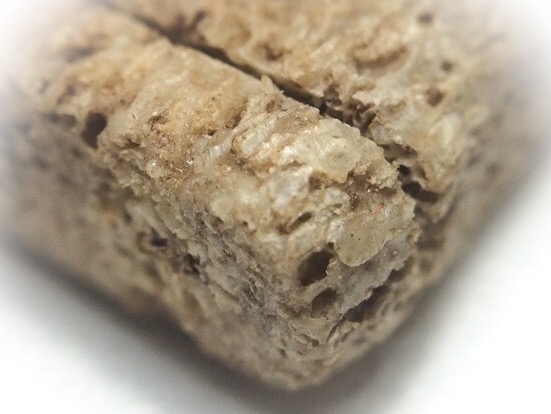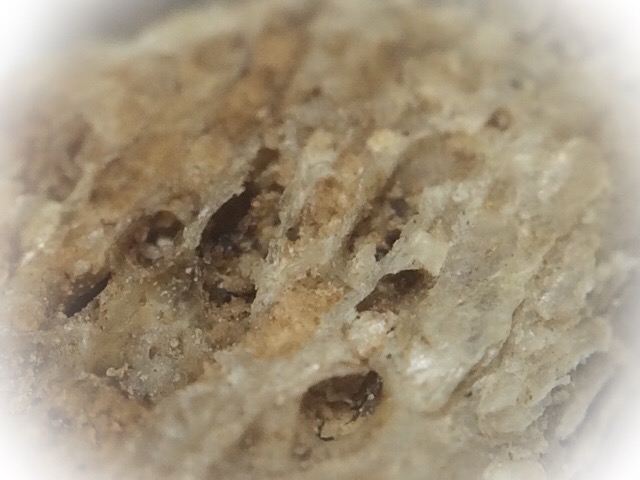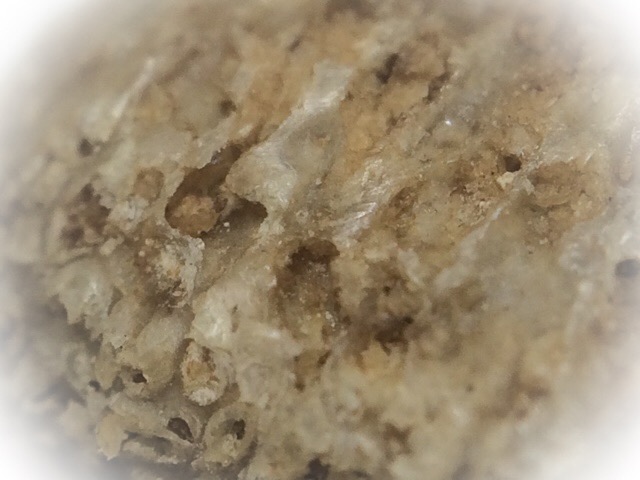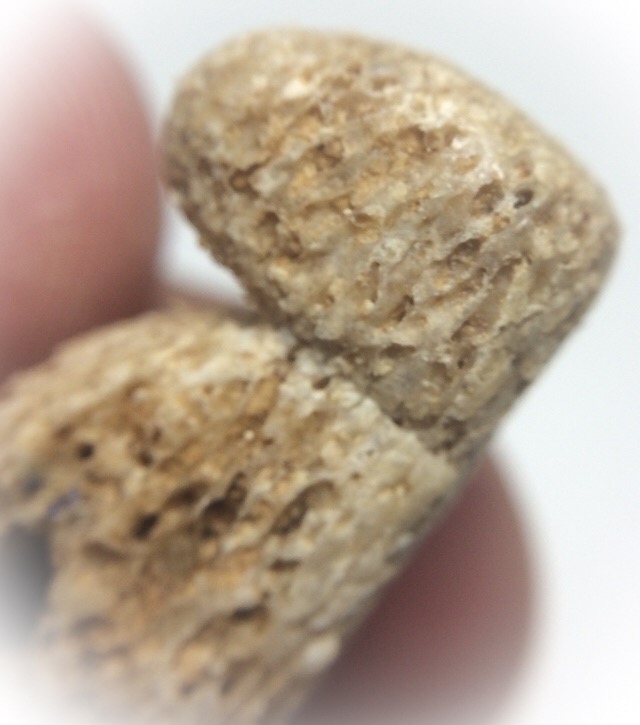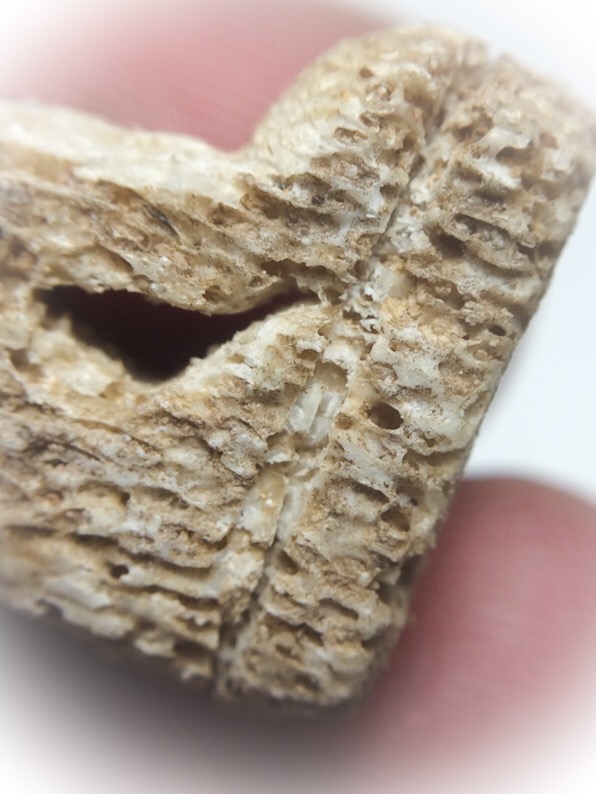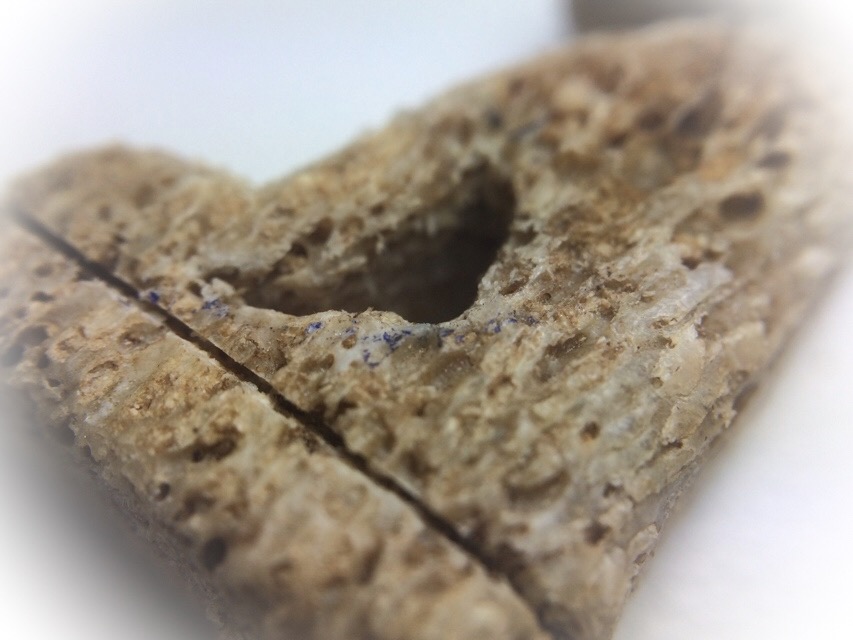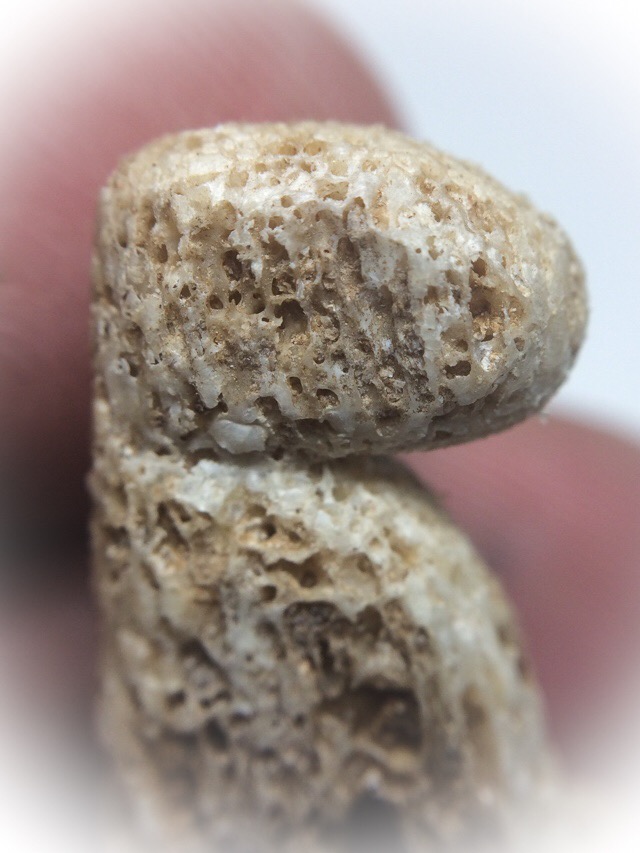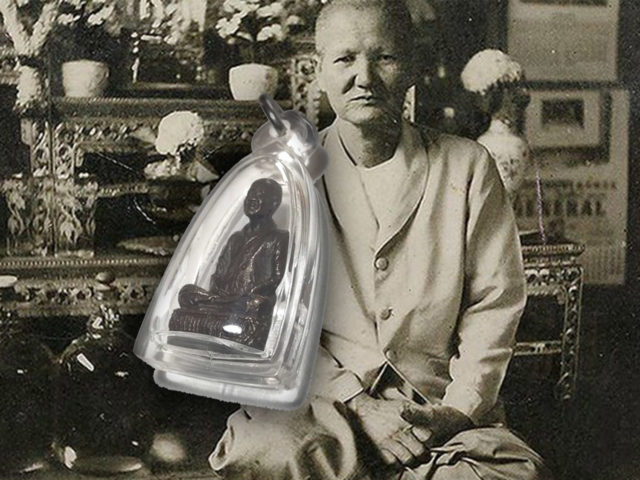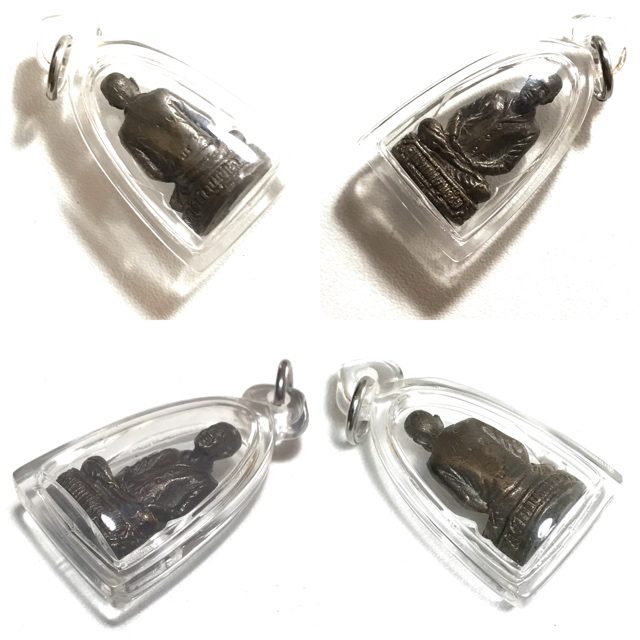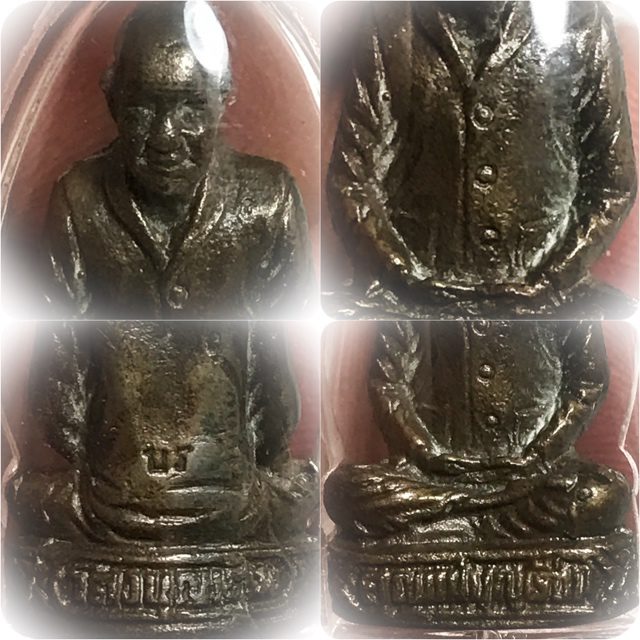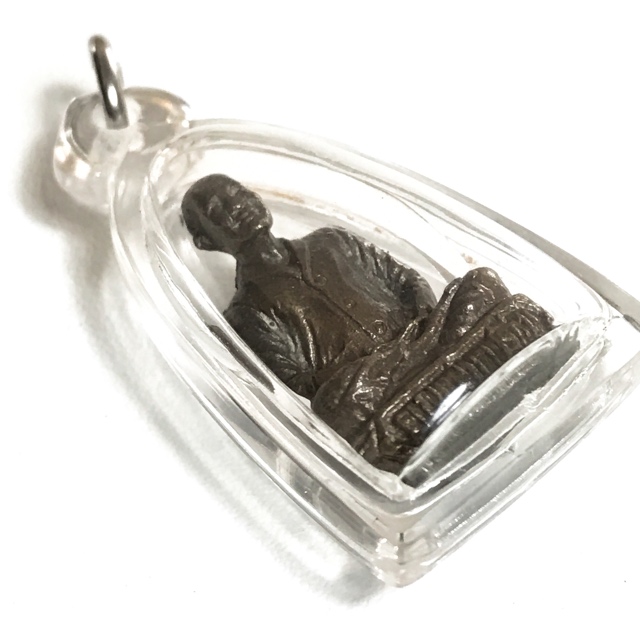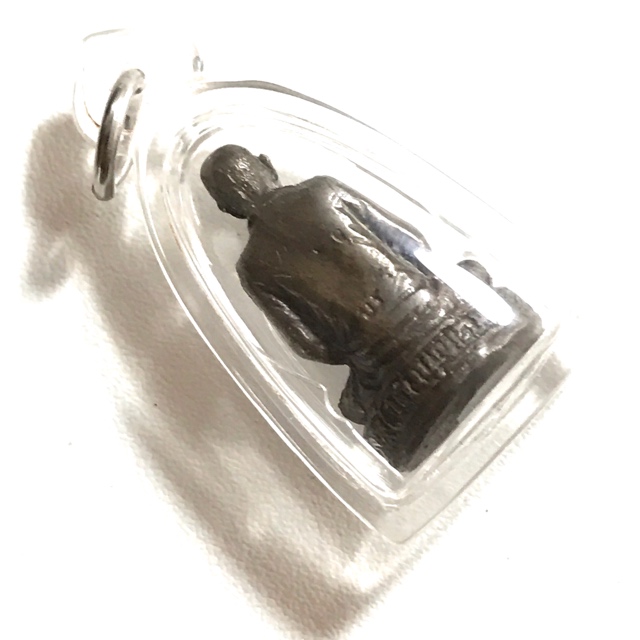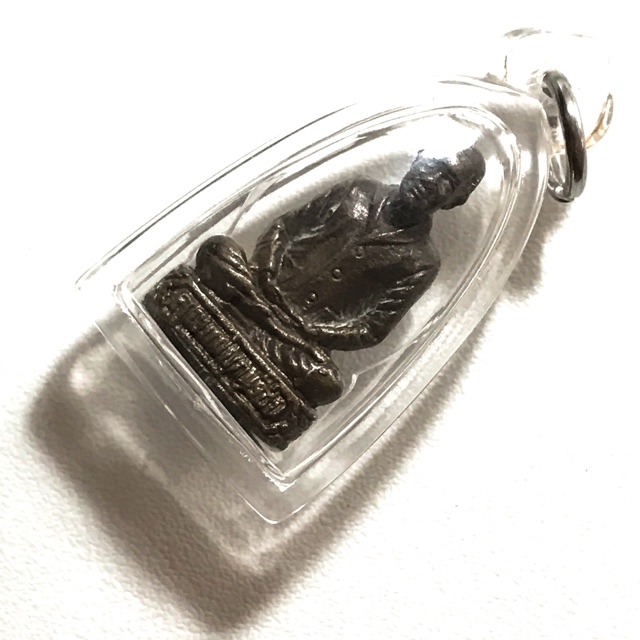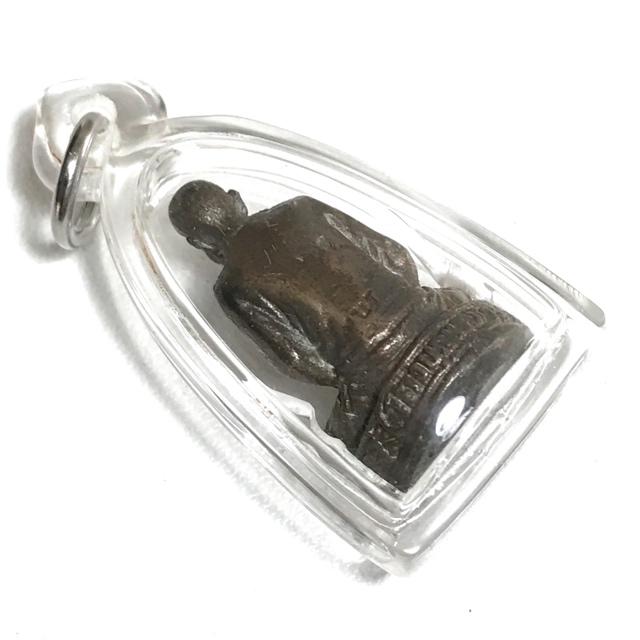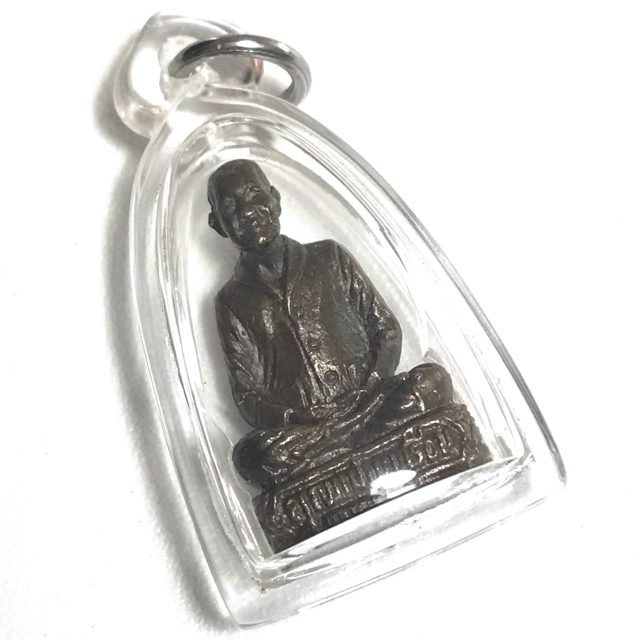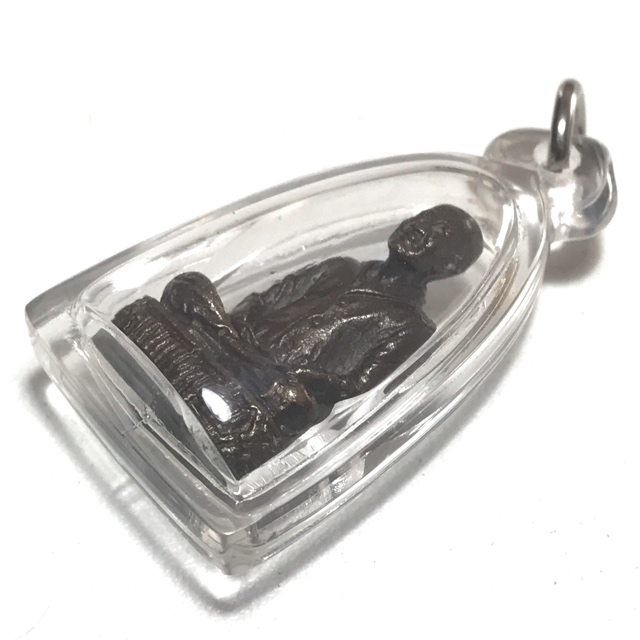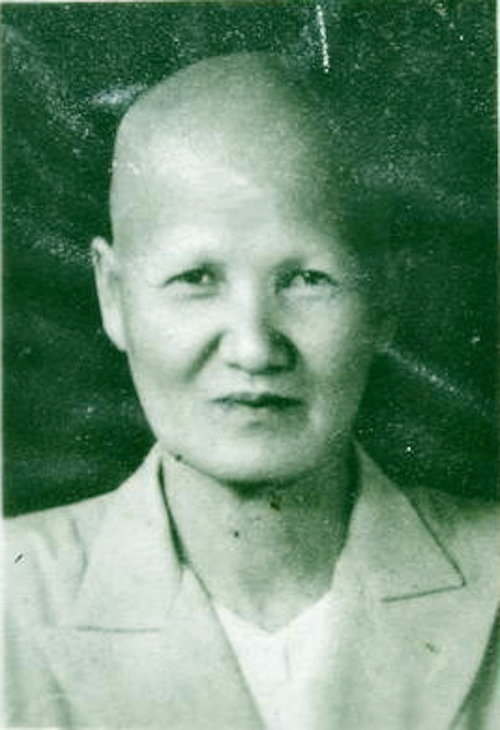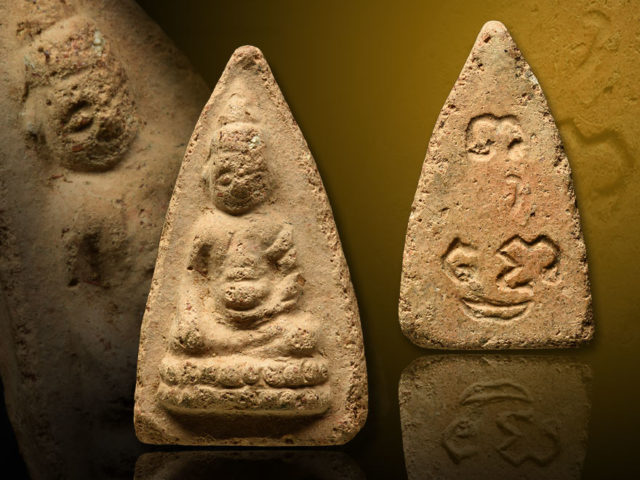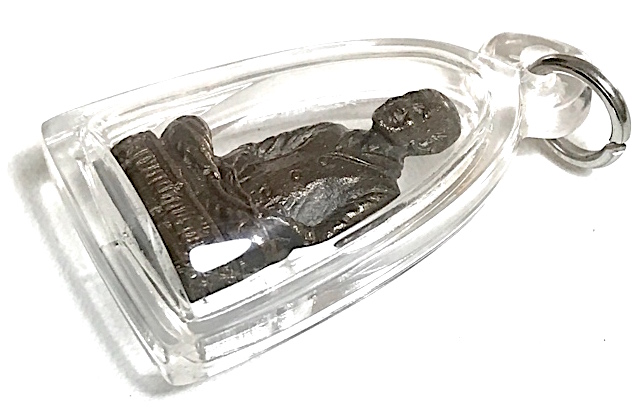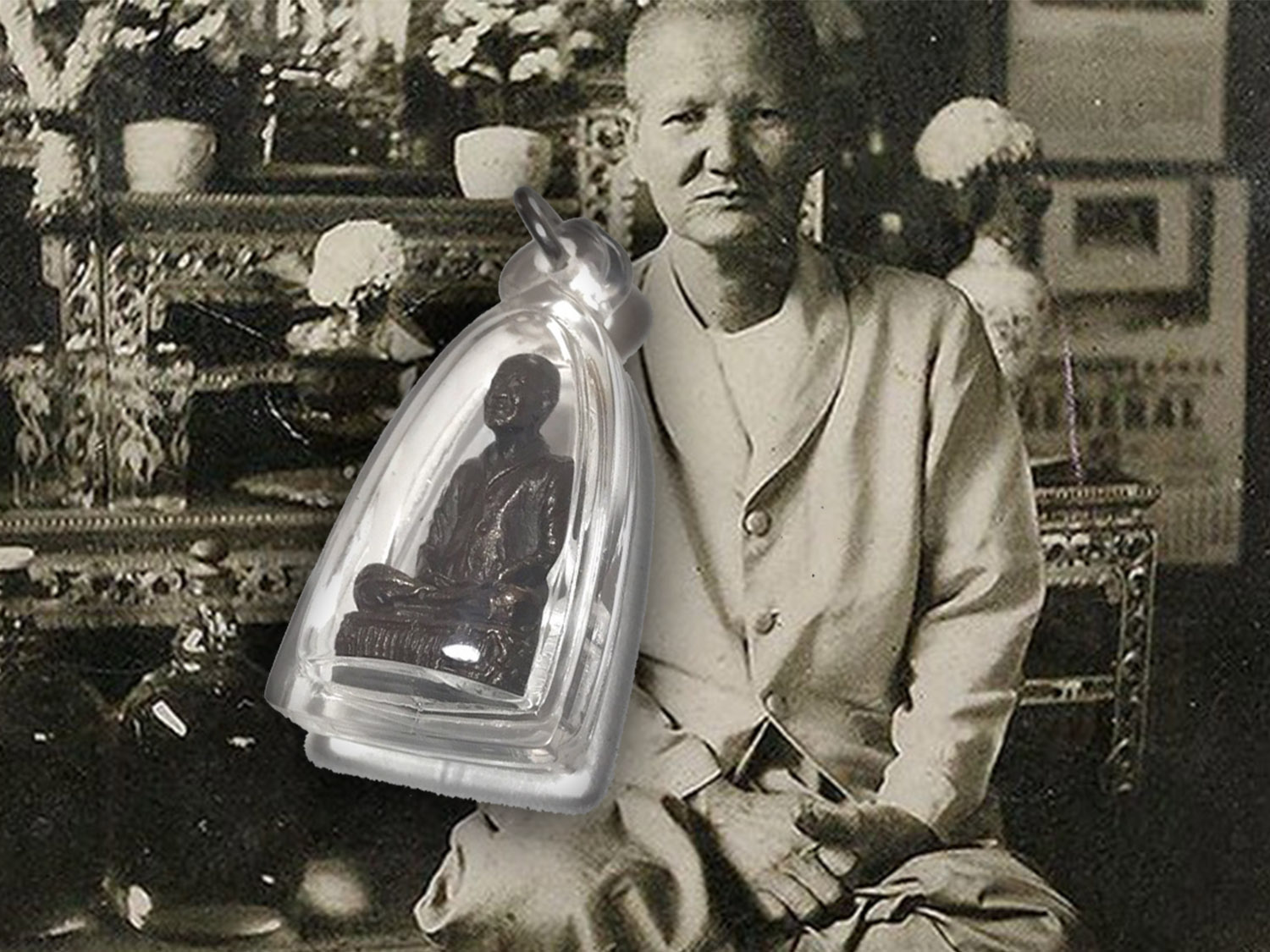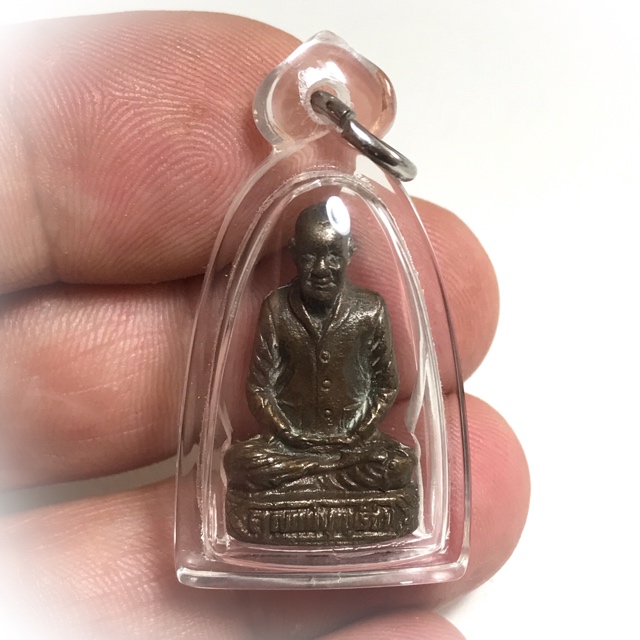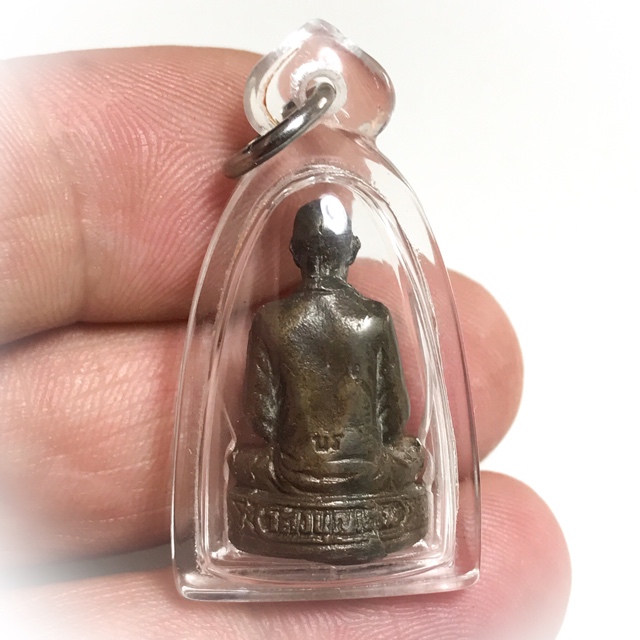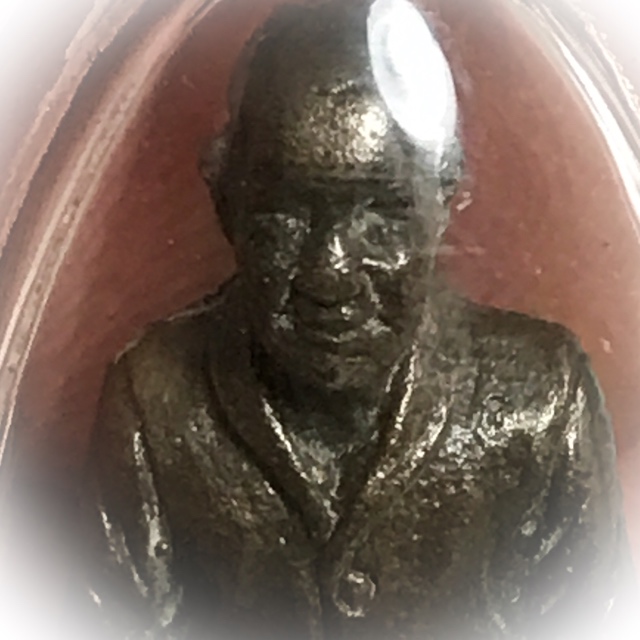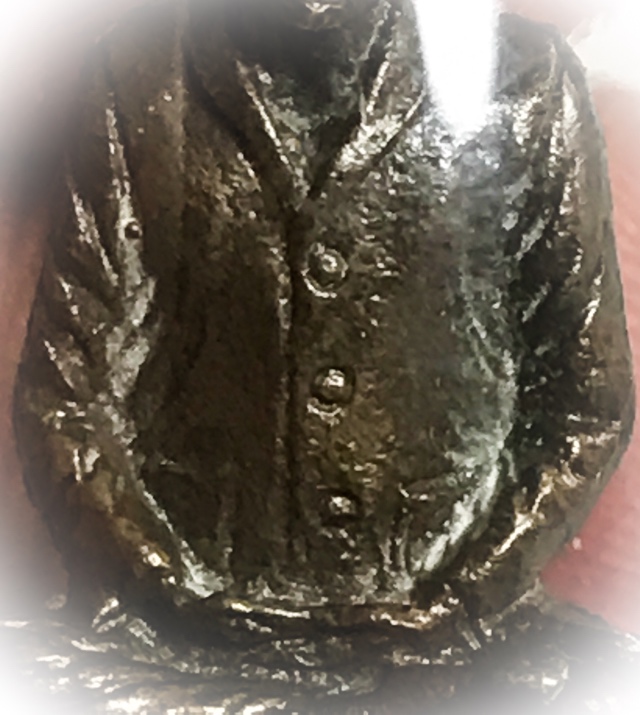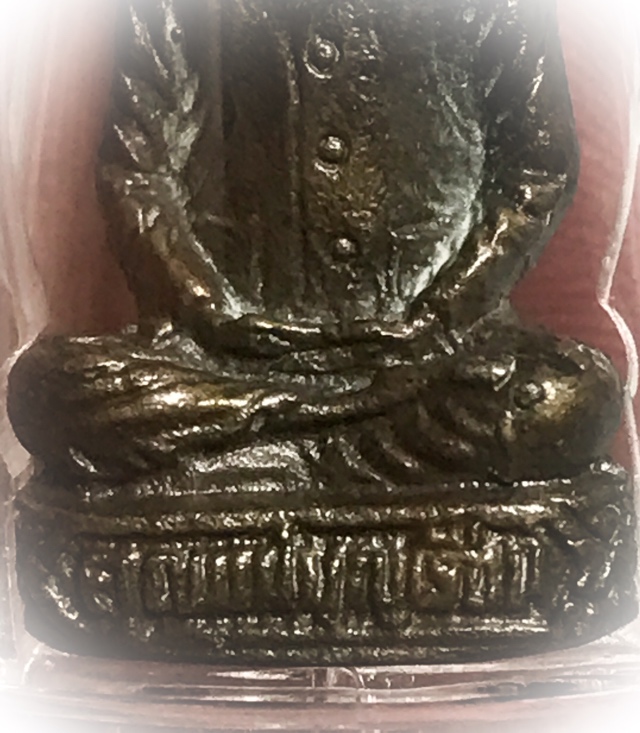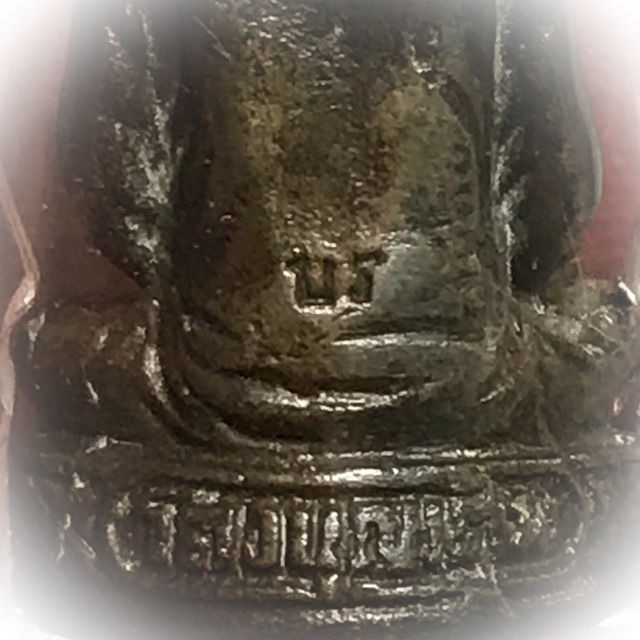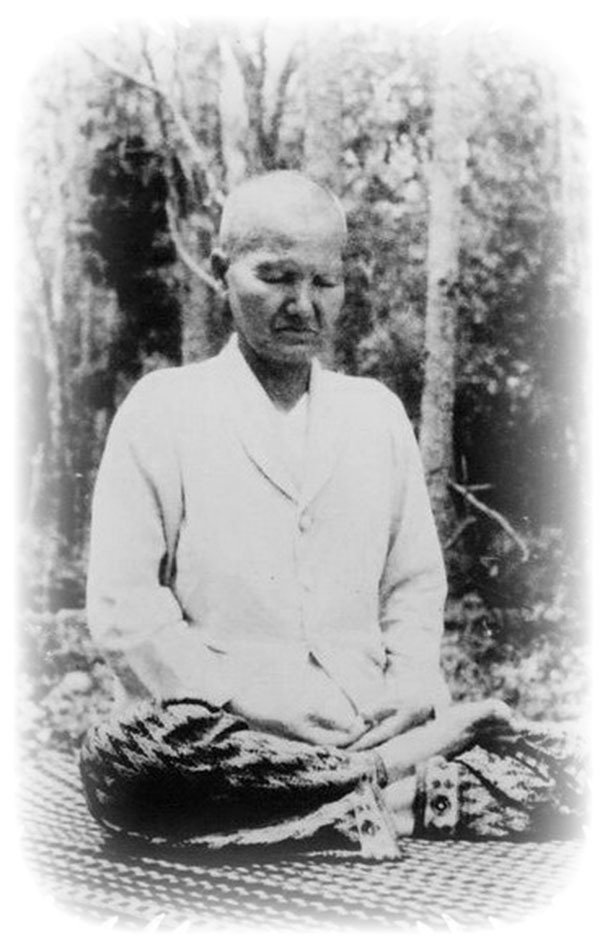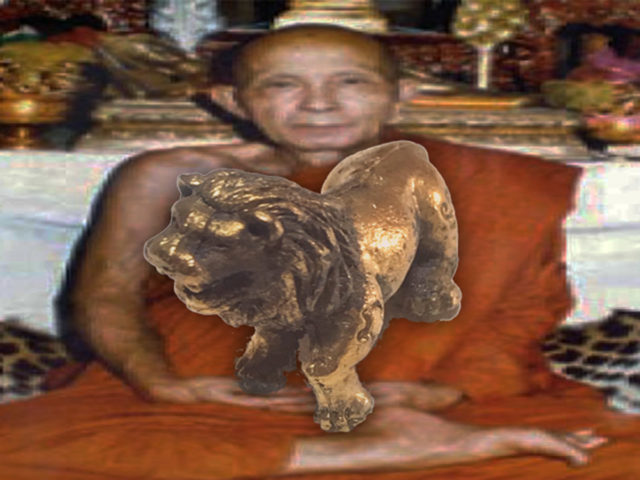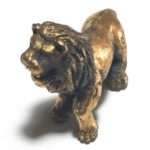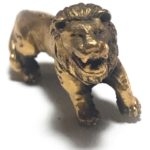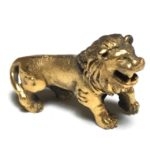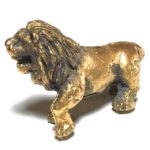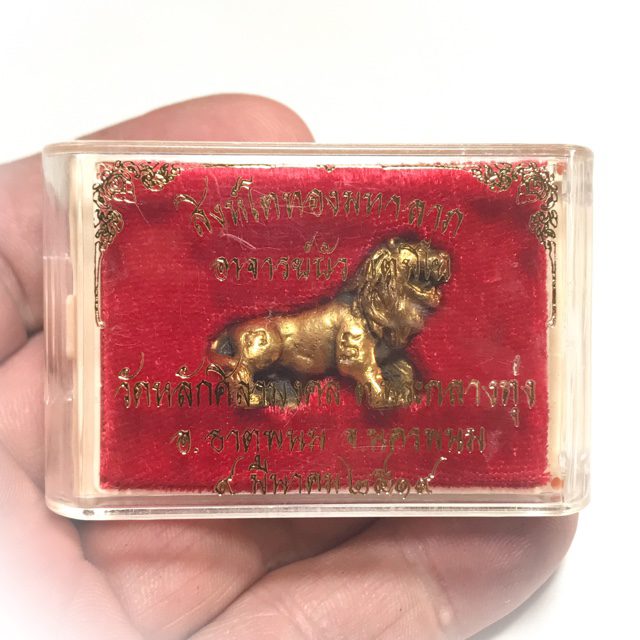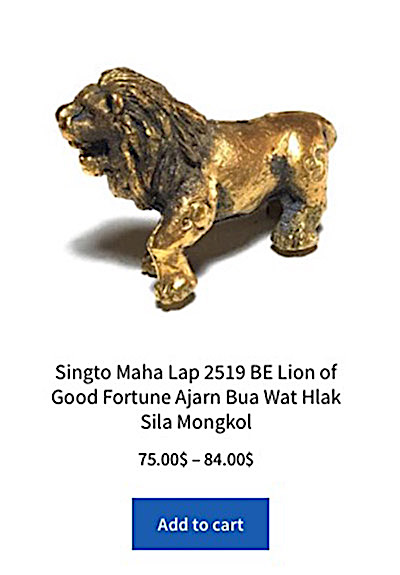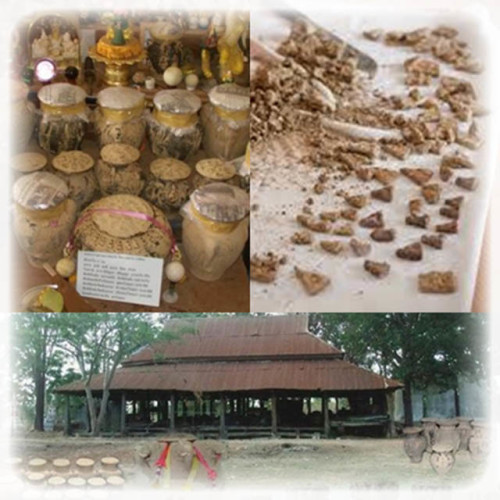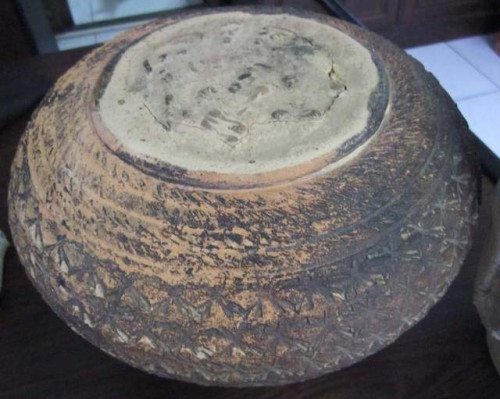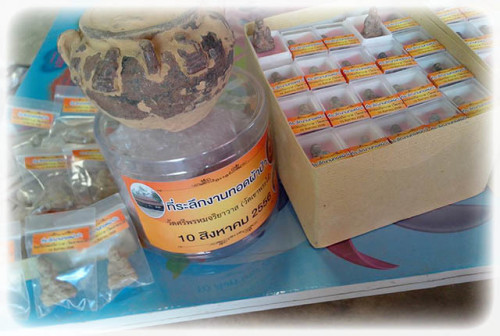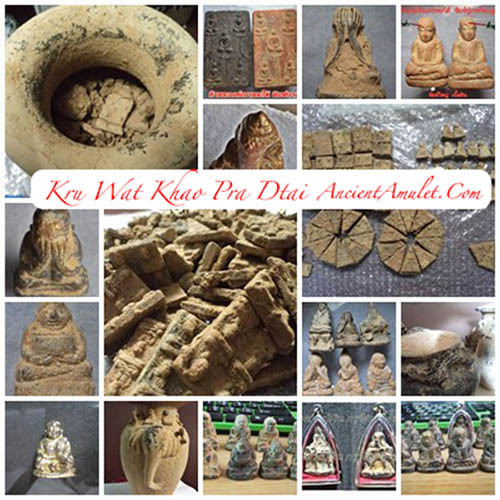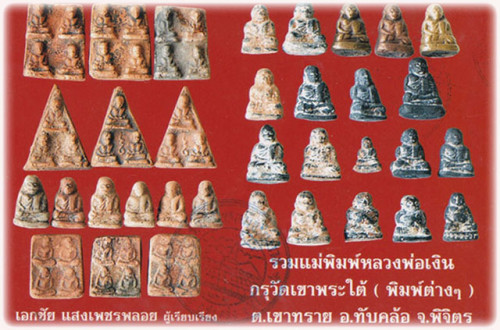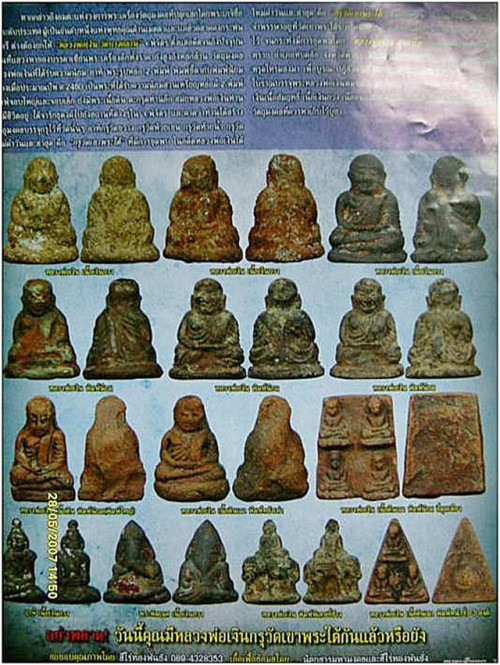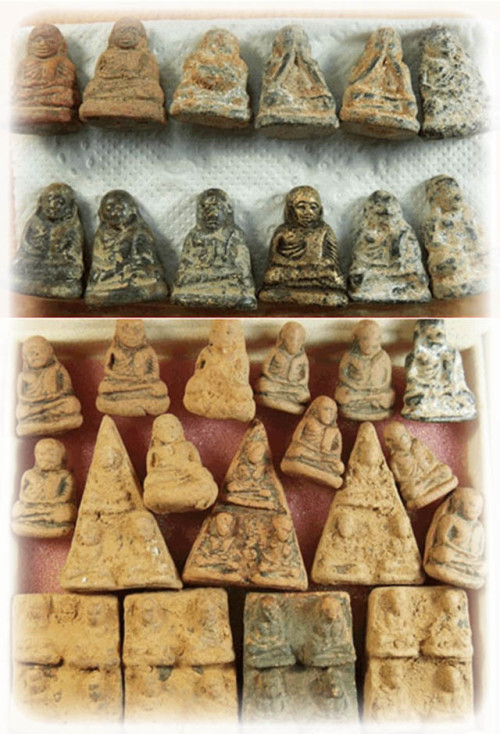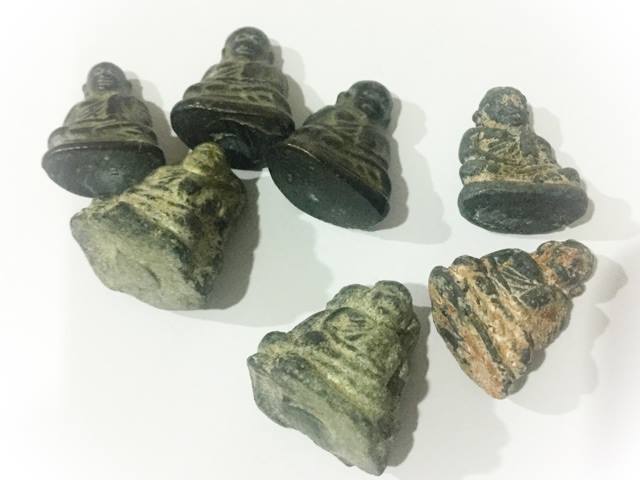Roop Lor Luang Phor Ngern Fa Kamron Edition Amulet – Wat Bang Klan
Luang Phor Ngern Wat Ban Klan, Pim Fa Kamron, sacred metal Guru Monk amulet cast with chanuan sacred metal alloy made from old temple bell brass, and previous editions of ancient amulets, of various periods unearthed under the base of the principal Buddha image. in the old church Luang Phor Ngern era which remains from pouring the cast of the broken gun model in 1985, pouring gold before the Buddhist Lent day at the Sema Wat temple boundary. The amulets were principally consecrated individually by Luang Phor Chua, a famous monk of the times, throughout the rainy season (quarter 3 months), after which it was brought into the Maha Phuttha Phisek ceremony on November 17, 1991, which had monks The following Kroo Ba Ajarn Mentors present : Luang Por Chuea, Bang Khlan Dtai Temple, Luang Phor Prueang Wat Bang Khlan Nuea (the creator of Luang Phor Ngern 2515 BE amulet), Luang Por Juan of Nong Sum Temple, Luang Por Phon of Dakkan Temple, Luang Phor Nhon of Wat Phutthabat Khao Ruak, etc.
The Power of the Roop Lor Fa Kamron Edition Amulet
The Roop Lor Fa Kamron edition amulet is highly sought after for its reputed magical power. It is believed to provide protection against harm and danger, as well as to bring good luck and prosperity. The amulet is often worn by those who seek spiritual guidance and protection, as well as by those who believe in the miraculous power of Luang Por Ngern.
Both large and small prints on the front Sangkati cloth are inscribed with “U” as a symbol. But some of them are not stuck. Because of the ancient method Underneath the base of the Buddha image, is the word ‘Ngern’ on the base. The surface effect of the chanuan muan sarn is evidently cast using precious editions of Luang Por Ngern amulets, including of course the Pern Dtaek broken gun edition. There is a stain of the socket that sticks so tightly that it turns black. The texture is the same as the broken gun model. famous throughout the amulet world Because it’s the same formula. The Buddha’s outstanding virtue It has been famous for a long time.
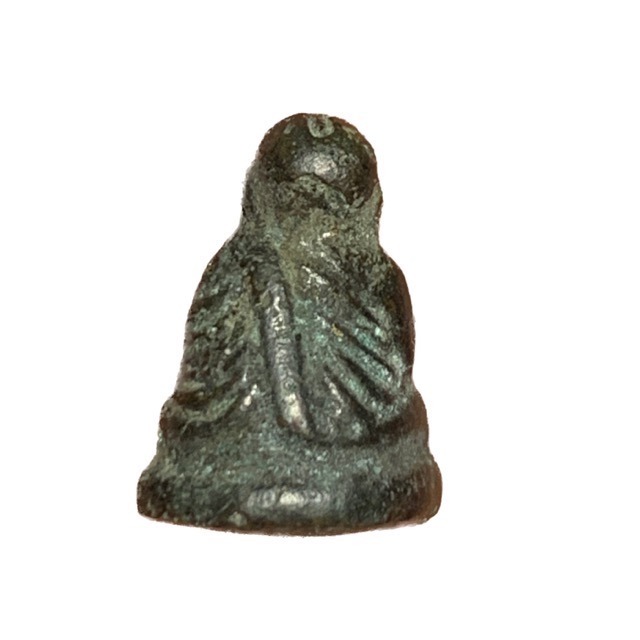

A Miracle event
While Wat Bang Klan Tai performed the ceremony of pouring gold to Phra Luang Por Ngern There was a loud noise. Clear sky without rain clouds It was terrifyingly dark and gloomy, and then the lightning struck the middle of the ceremony canopy. Thunder roared throughout the area. like the soul of Luang Por Ngern in the heavens and as though he had attended the consecration ceremony that event tens of thousands of people They criticized each other in various ways at the thunder and the sky in the midst of the ceremonial canopy. even though there is not even a slight rain cloud The people of Bang Khlan therefore dubbed the sacred object In this ceremony, Dua said that the Fa Kamron generation
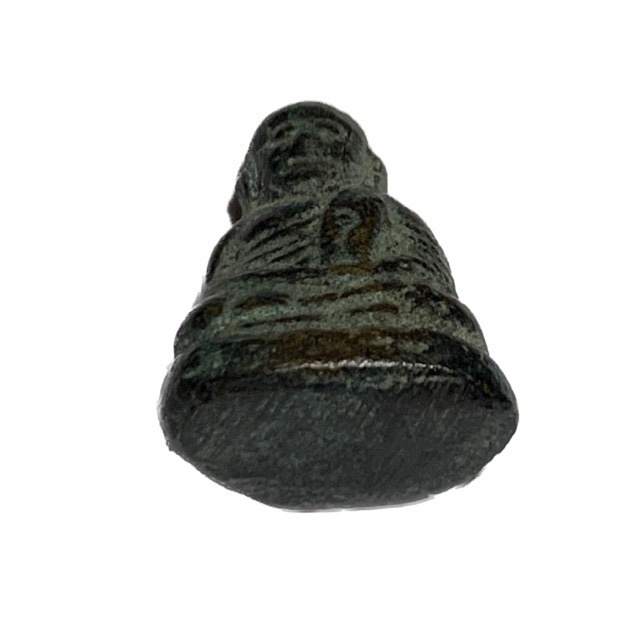
But there are villagers who call this Luang Por Ngern Fa Kamron model, another name is ‘Fan Pla’ fish tooth model because there are villagers who took the Fa Kamron amulet, and inserted into the mouth of the fish, then used a knife to stab it. The first time didn’t go in. The second time, increasing the strength again, it didn’t go in. The third time, he increased his strength and did not enter again. until the Roop Lor Luang Por Ngern monk amulet was thrown out of the mouth of the fish So the villagers call this version of the amulet, ‘Pim Fan Pla’, meaning; ‘the fish tooth version’.

Pra Luang Por Ngern Fa Kamron Edition Amulet
The Pra Luang Por Ngern Fa Kamron edition amulet is a rare and highly revered amulet from the legendary Thai Buddhist master-monk, Luang Por Ngern of Wat Bang Klan. This edition of amulet is particularly special because it was created using the sacred metal admixture of Pern Dtaek broken gun edition amulet.
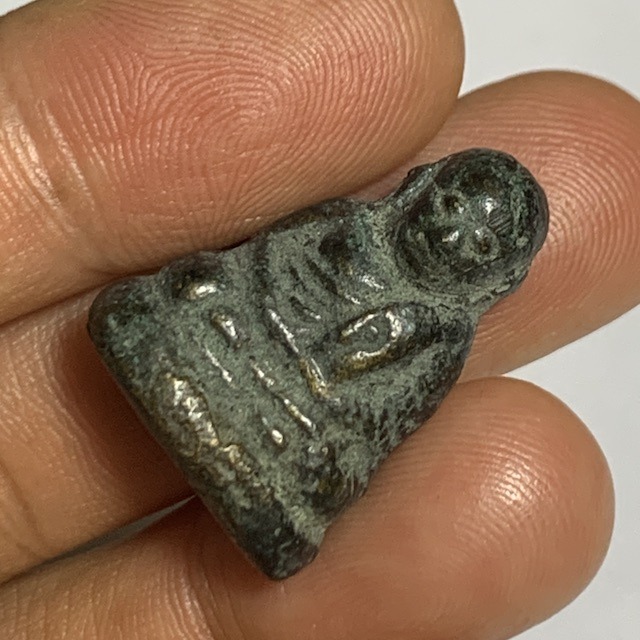
The Sacred Metal Admixture
Pern Dtaek broken gun is a sacred metal admixture that is created by melting down old and broken guns that have been used in battles. The metal from these guns is said to have powerful protective properties that can shield the wearer from harm and danger. Luang Por Ngern was a master of creating amulets using this sacred metal admixture, and the Pra Luang Por Ngern Fa Kamron edition is one of the most famous.
The Roop Lor Fa Kamron Edition Amulet
The Pra Luang Por Ngern Fa Kamron edition amulet is a Roop Lor amulet, which means it is a small image or statue of Luang Por Ngern that is meant to be worn as a protective talisman. The amulet features the image of Luang Por Ngern seated on a lotus throne, with one hand raised in a blessing gesture and the other hand holding a magical sword. The amulet is cast from the sacred metal admixture of Pern Dtaek broken gun, and is said to have powerful protective properties.
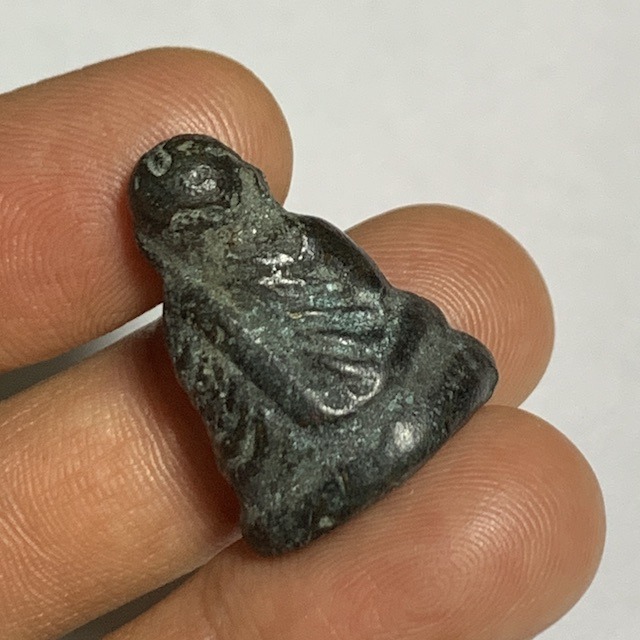
The Roop Lor Fa Kamron edition amulet is highly sought after by collectors and devotees alike. It is considered one of the most powerful amulets created by Luang Por Ngern, and is said to have the ability to protect the wearer from harm, ward off evil spirits, and bring good luck and fortune.
Luang Por Ngern and Wat Bang Klan
Luang Por Ngern was a highly respected and revered Thai Buddhist monk who lived from 2431 BE to 2462 BE. He is known for his exceptional magical abilities and psychic mind powers, which have earned him a worldwide following of devoted followers to this day. One of his most famous creations is the Roop Lor Fa Kamron edition amulet, which is highly sought after by collectors and enthusiasts.
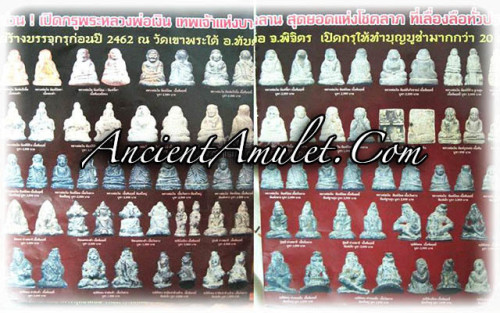
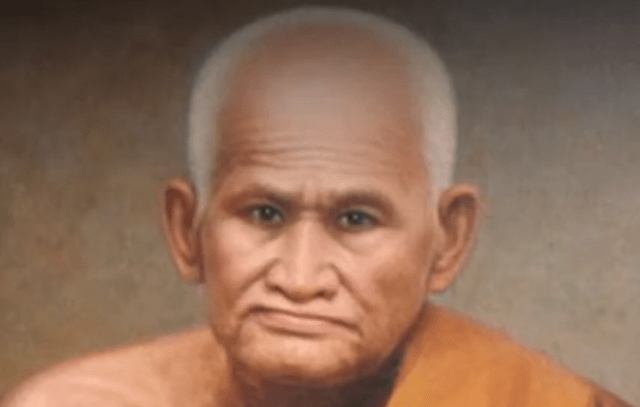
The Magical Wicha of Luang Por Ngern
Luang Por Ngern was famous for his magical Wicha, which included the creation of powerful amulets and talismans. His amulets are known for their ability to provide protection, bring good luck and fortune, and ward off evil spirits. Luang Por Ngern’s Wicha was so powerful that he was known to have psychic mind powers, including the ability to read people’s thoughts and predict the future.
Kata Bucha Incantations for Luang Por Ngern
Devotees of Luang Por Ngern often recite Kata Bucha incantations to pay homage and seek blessings from the master-monk.

